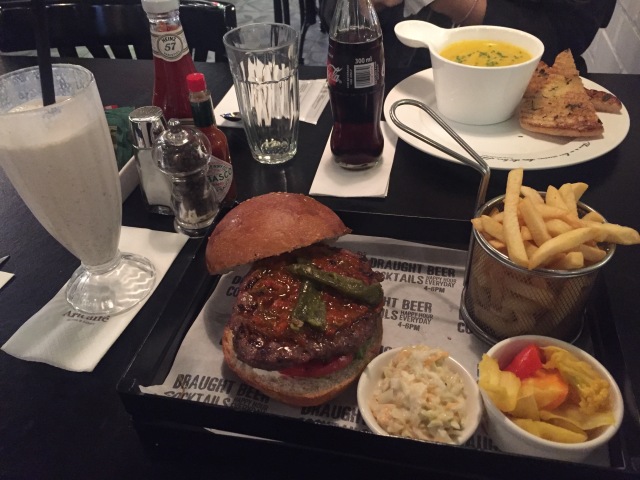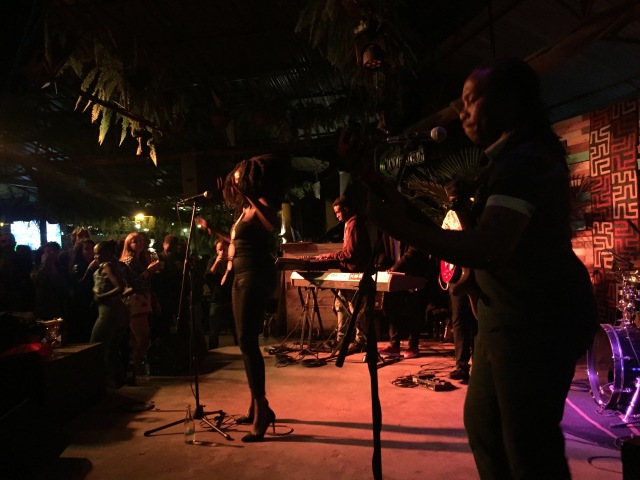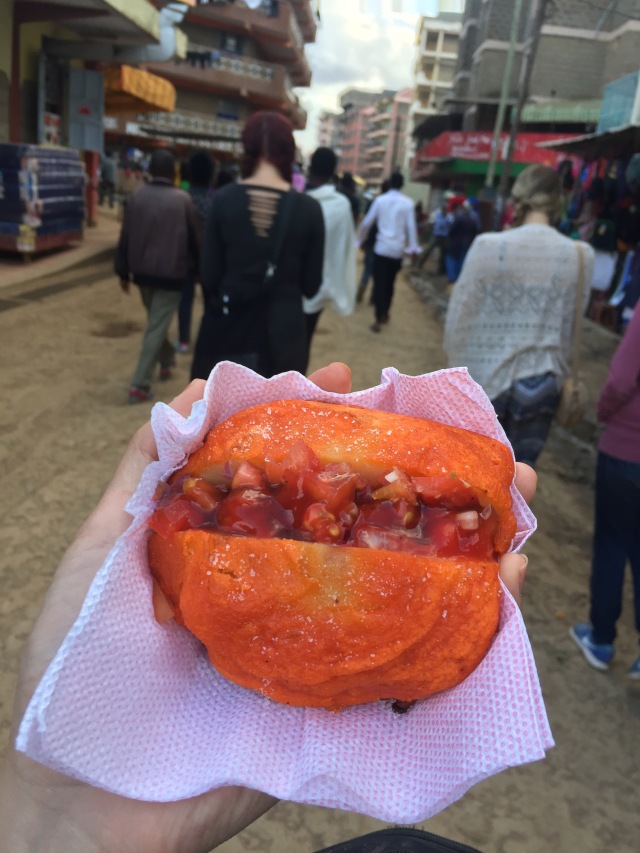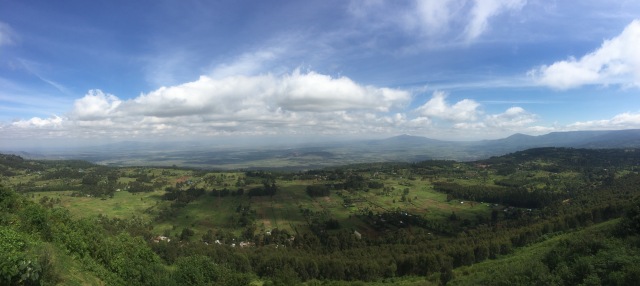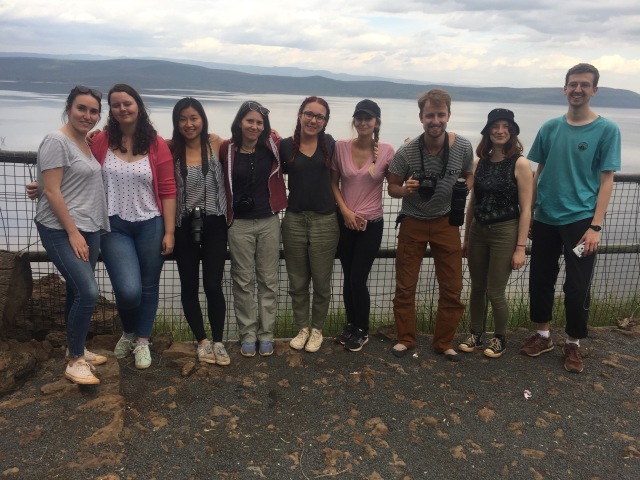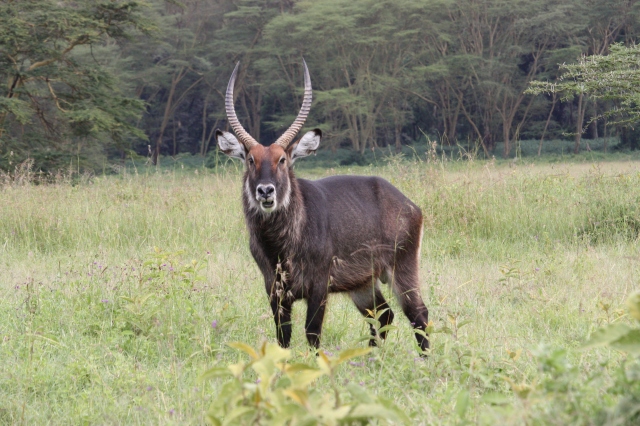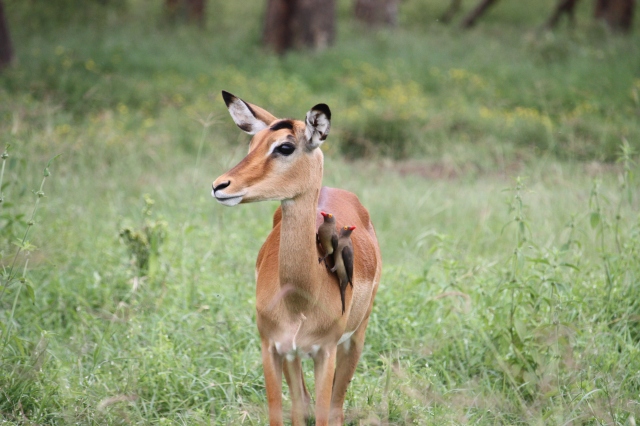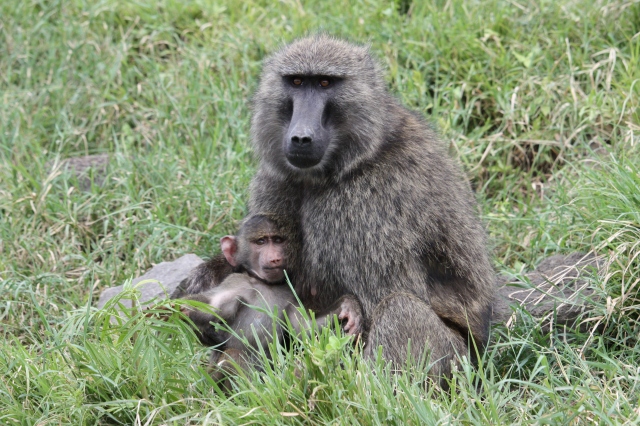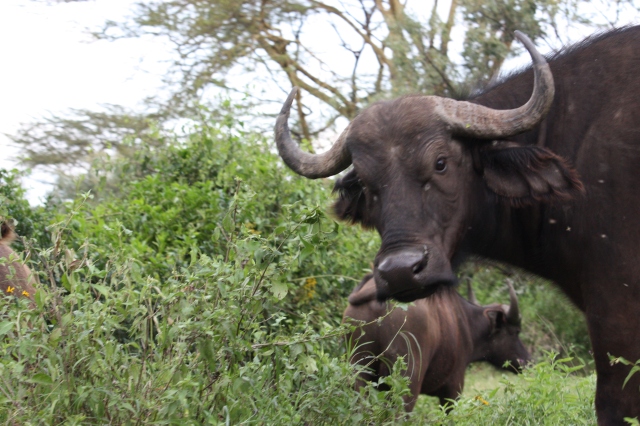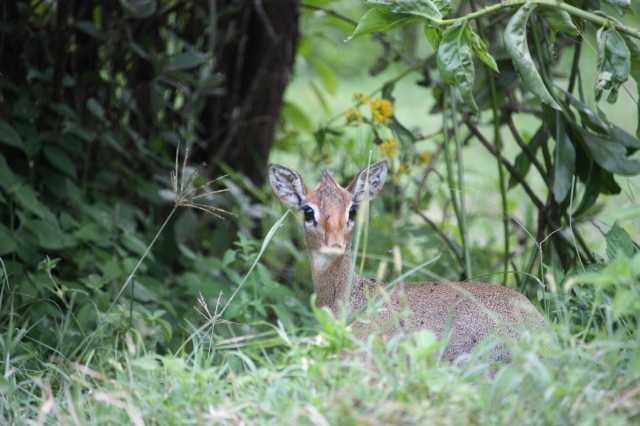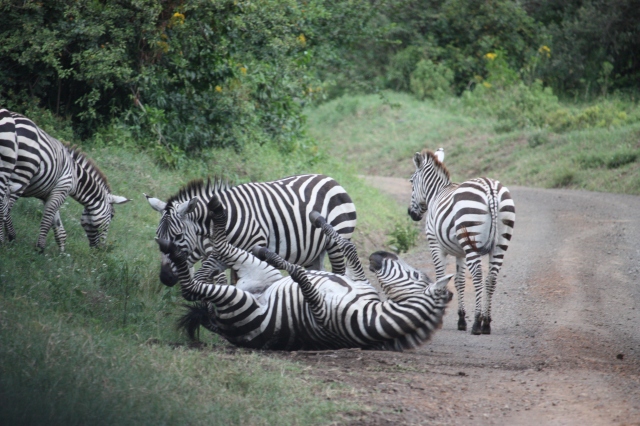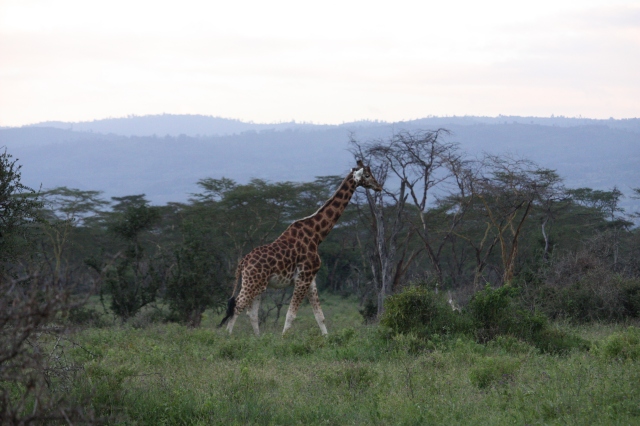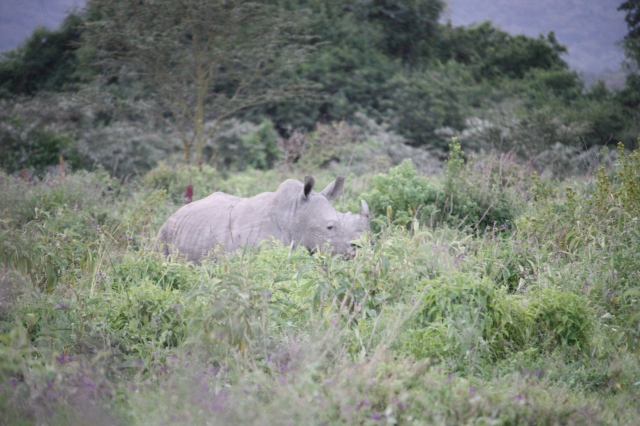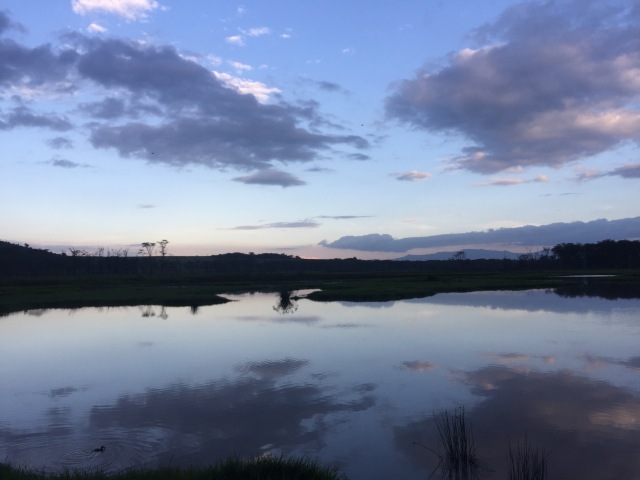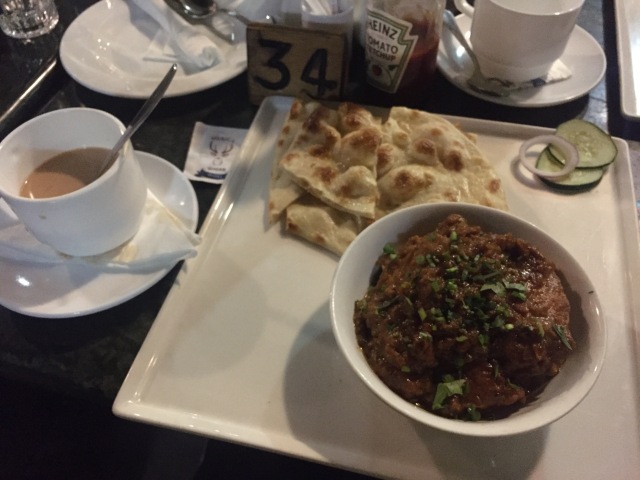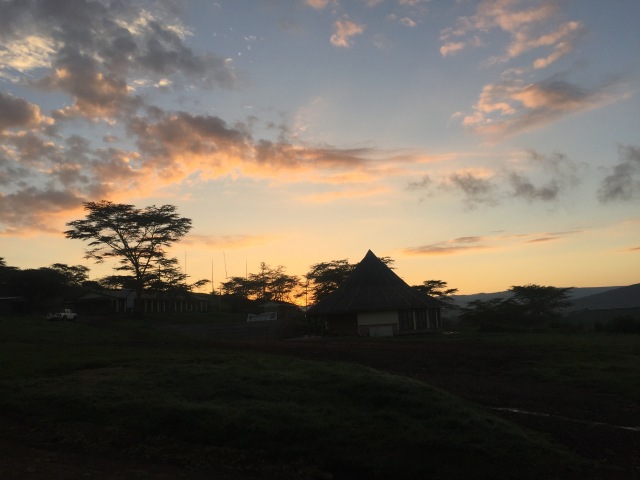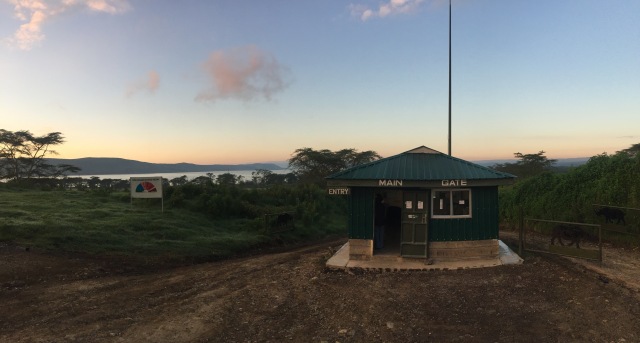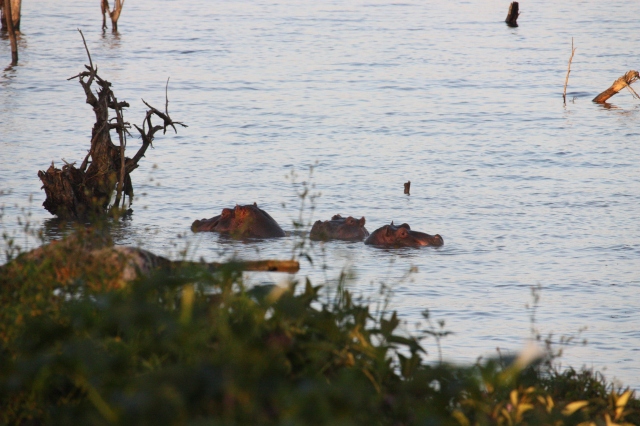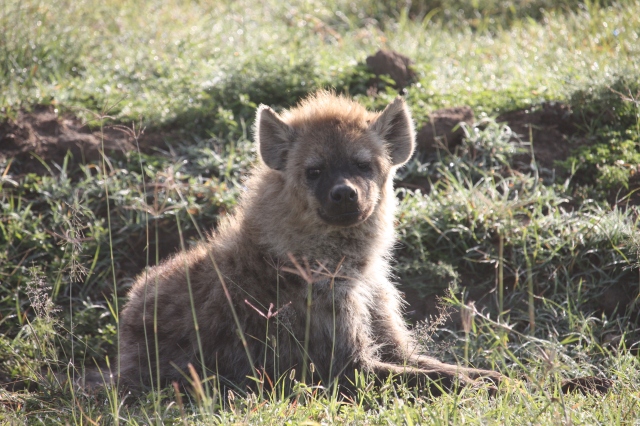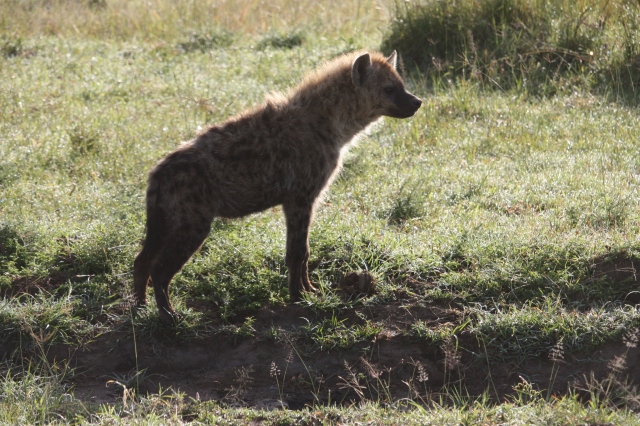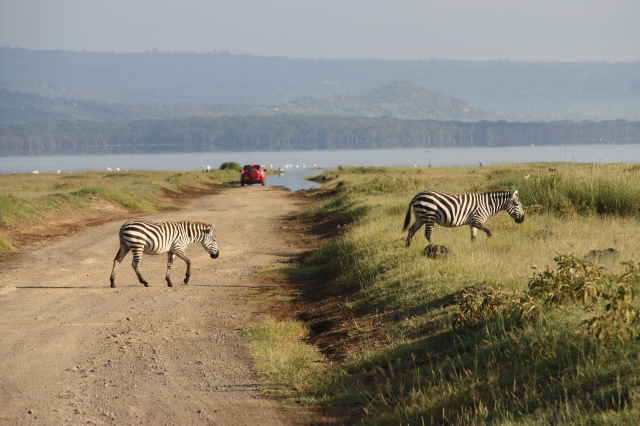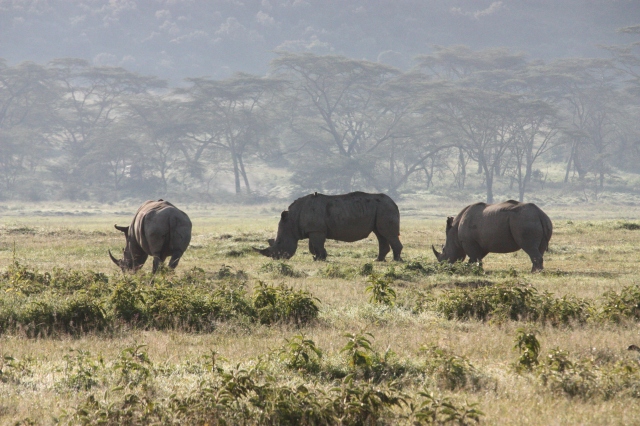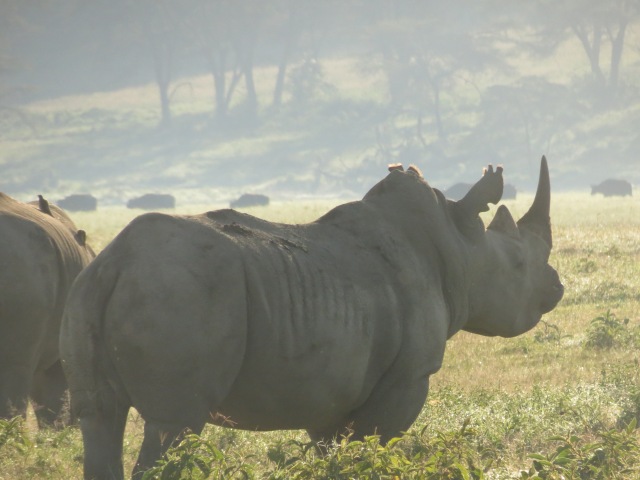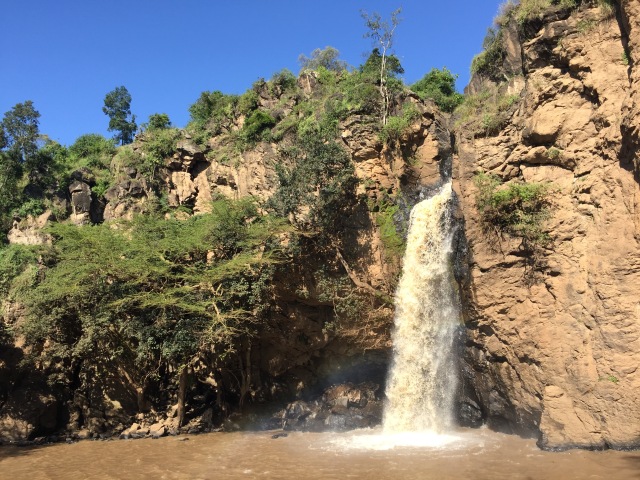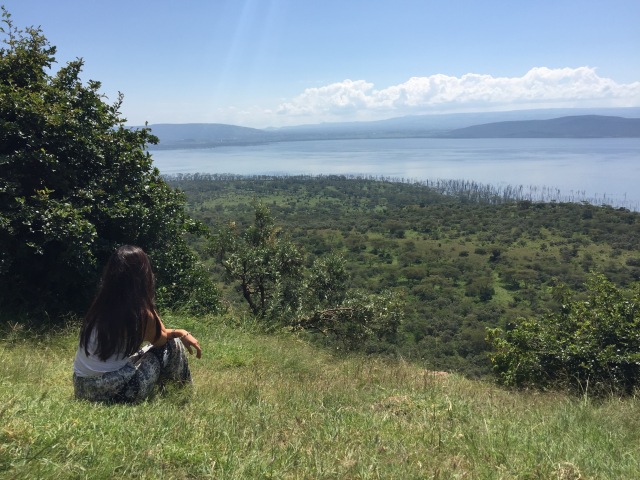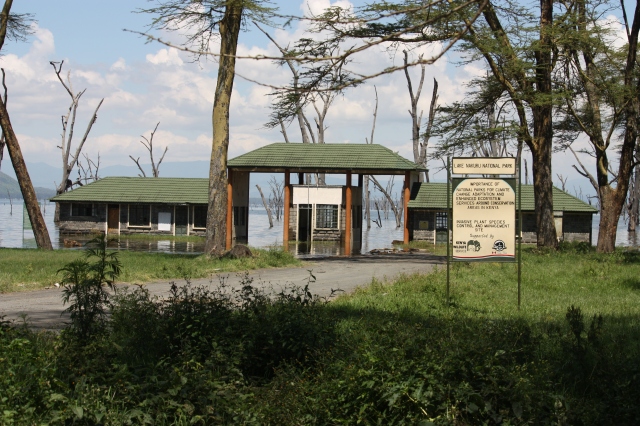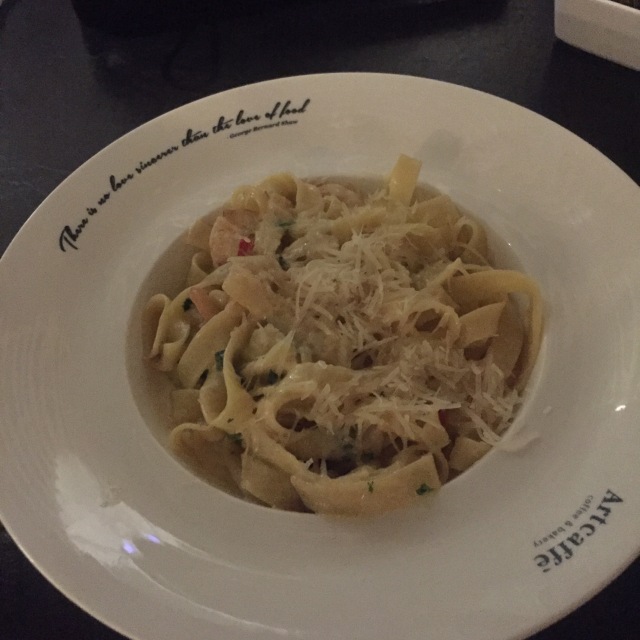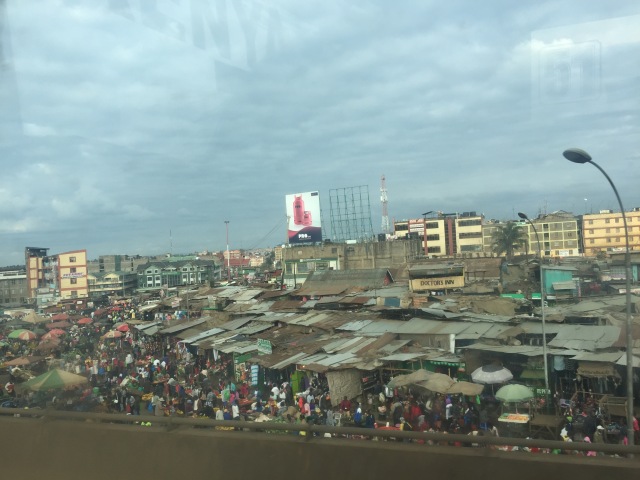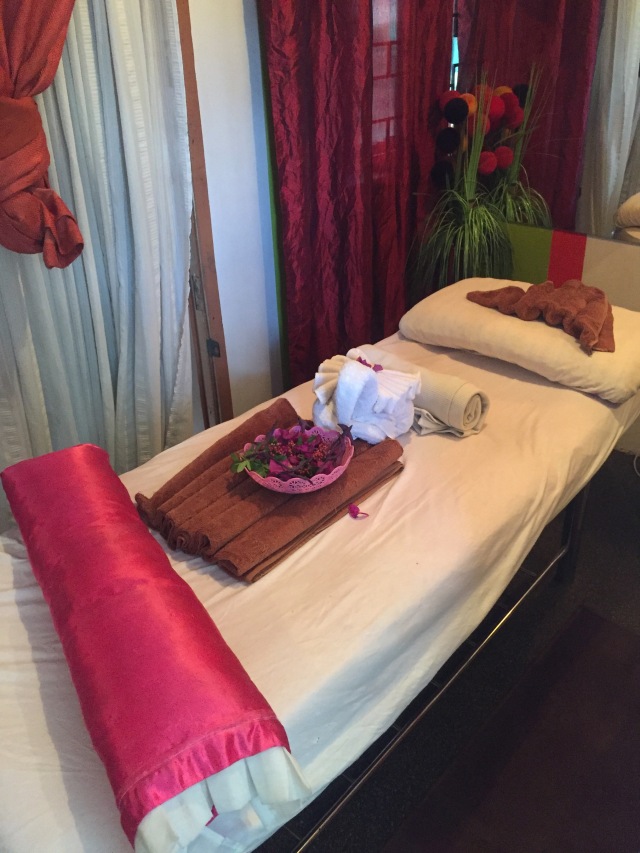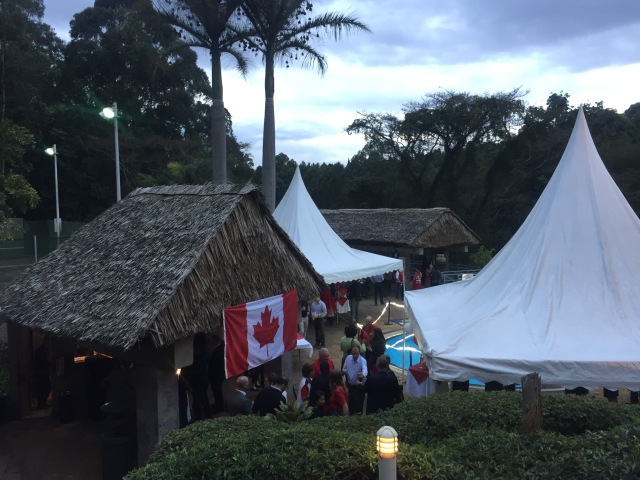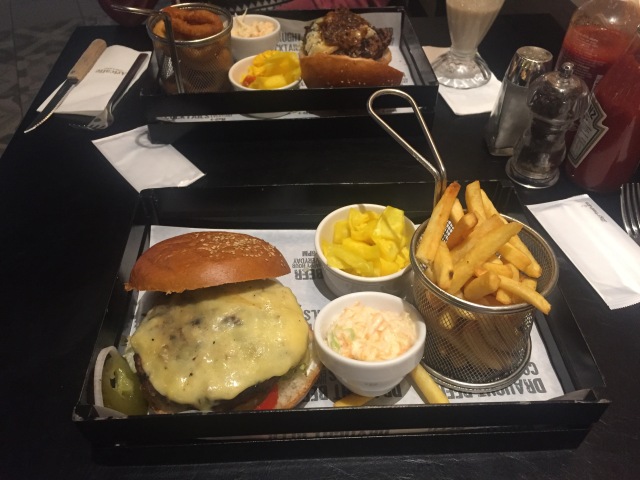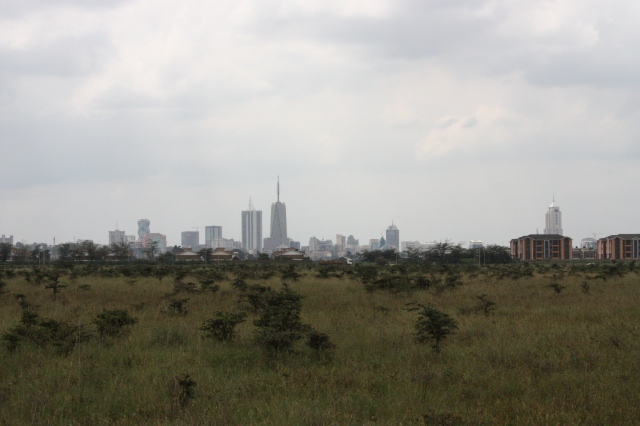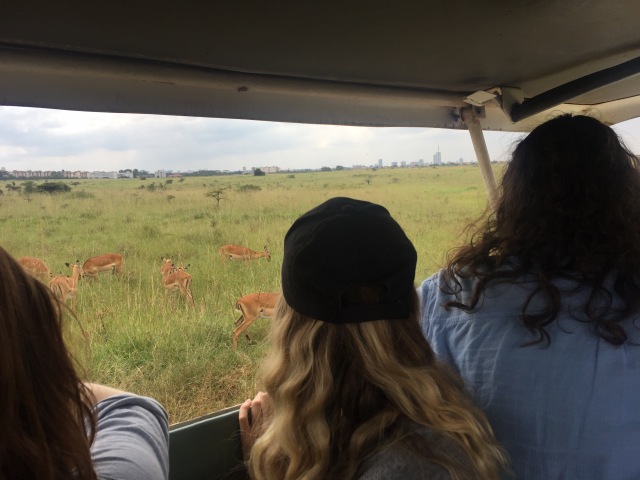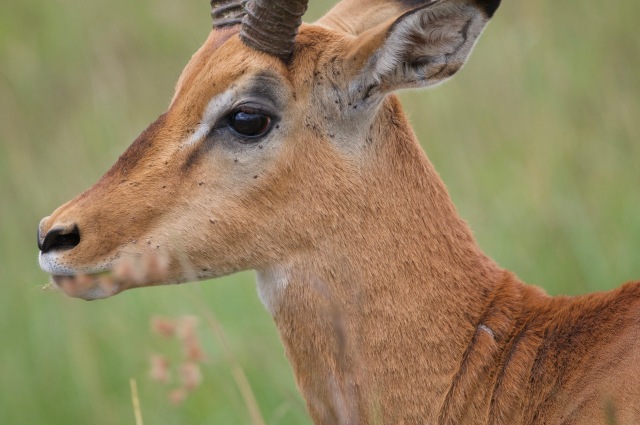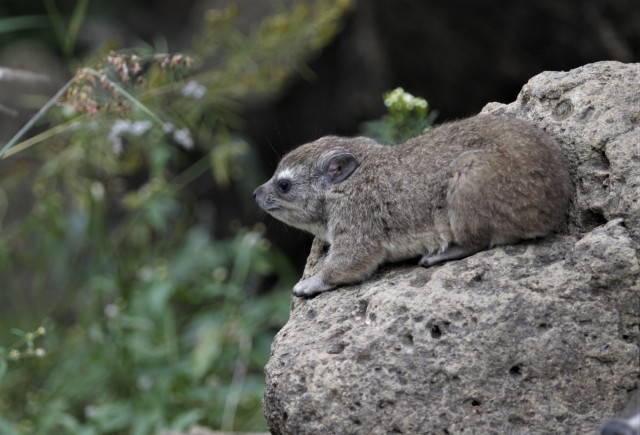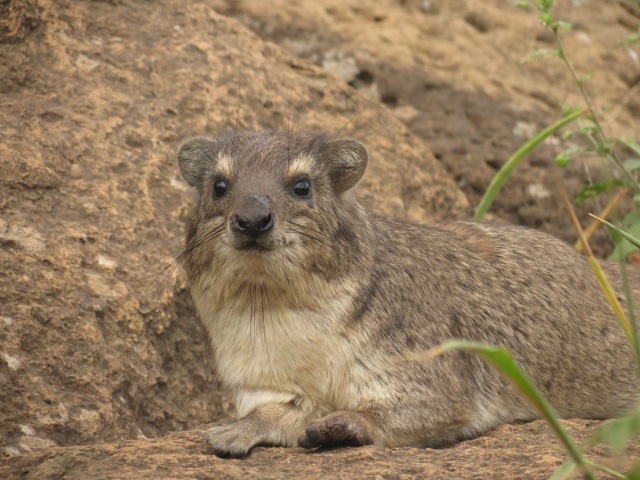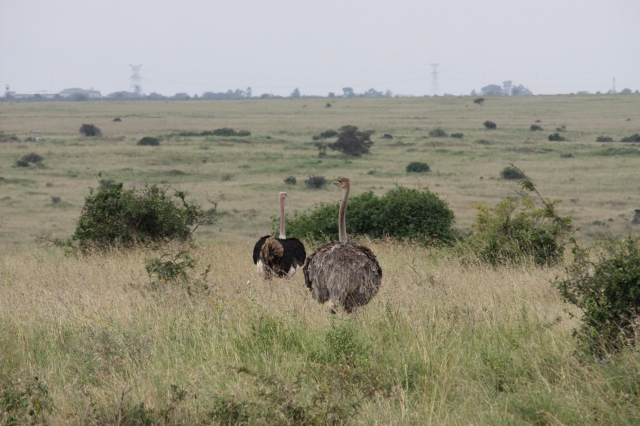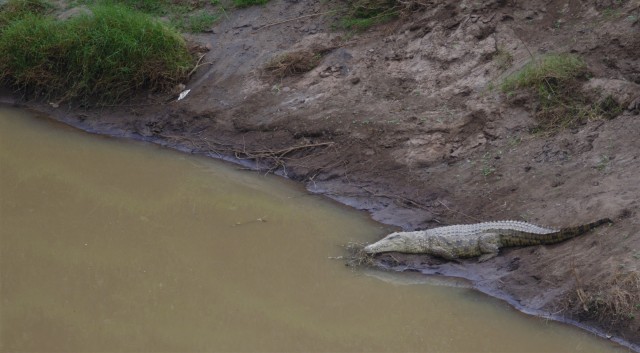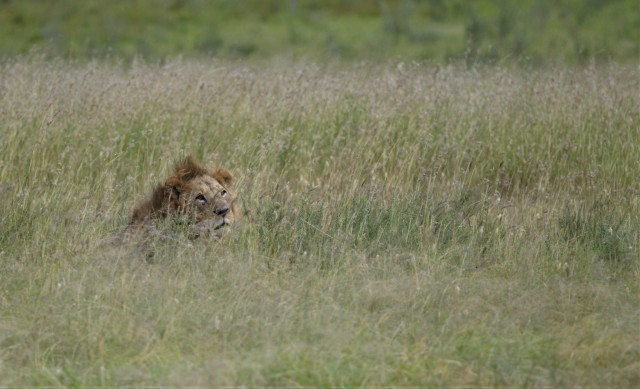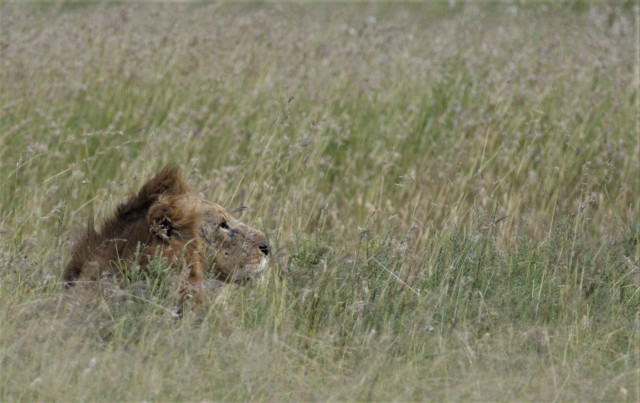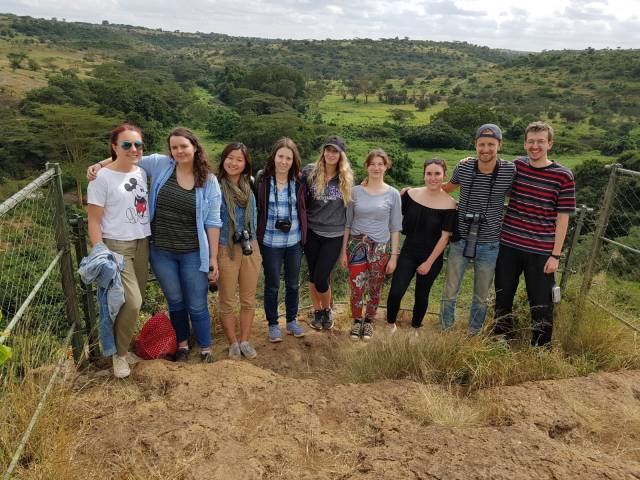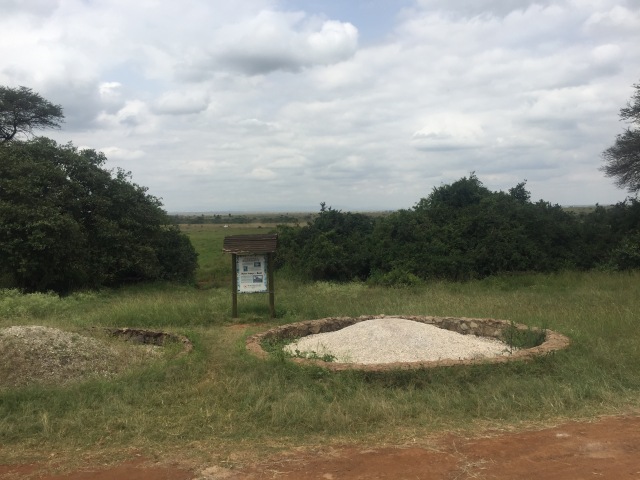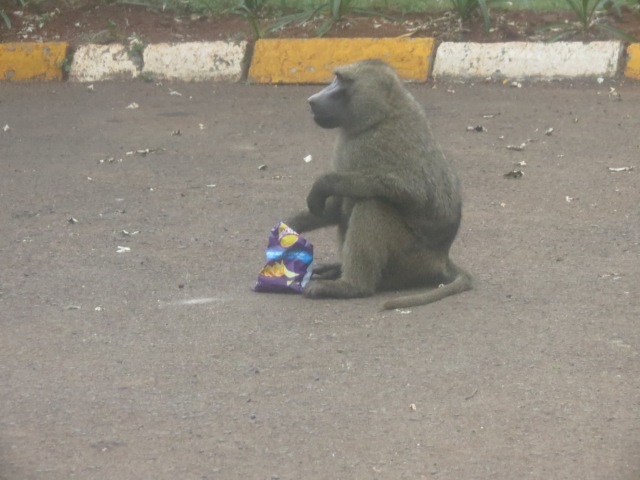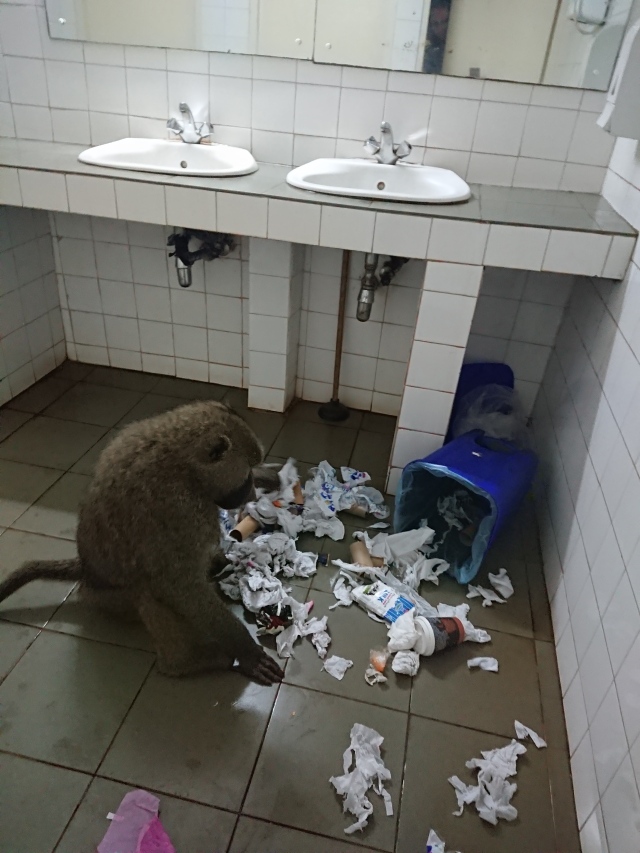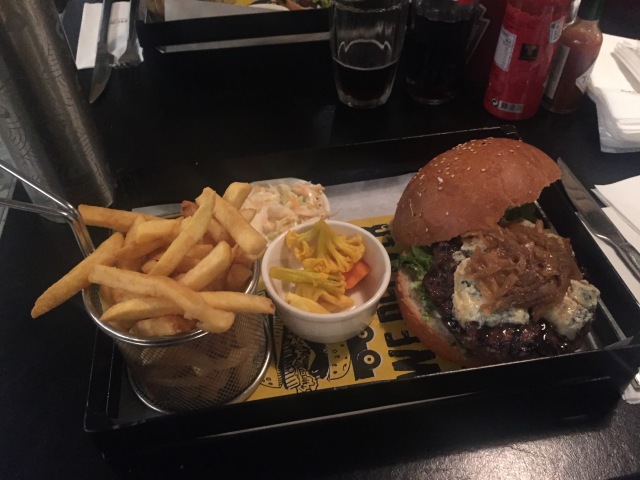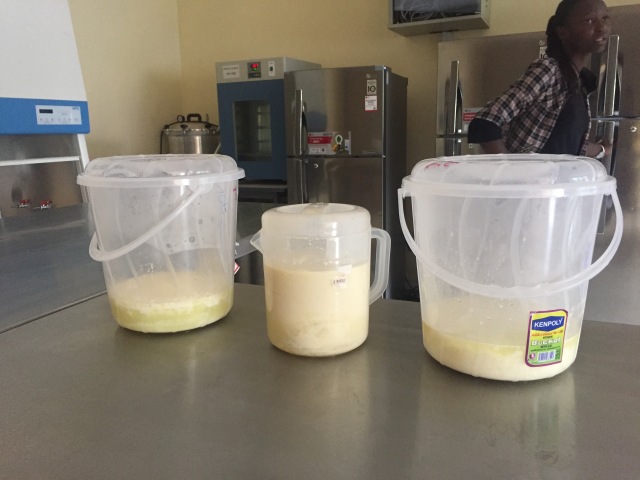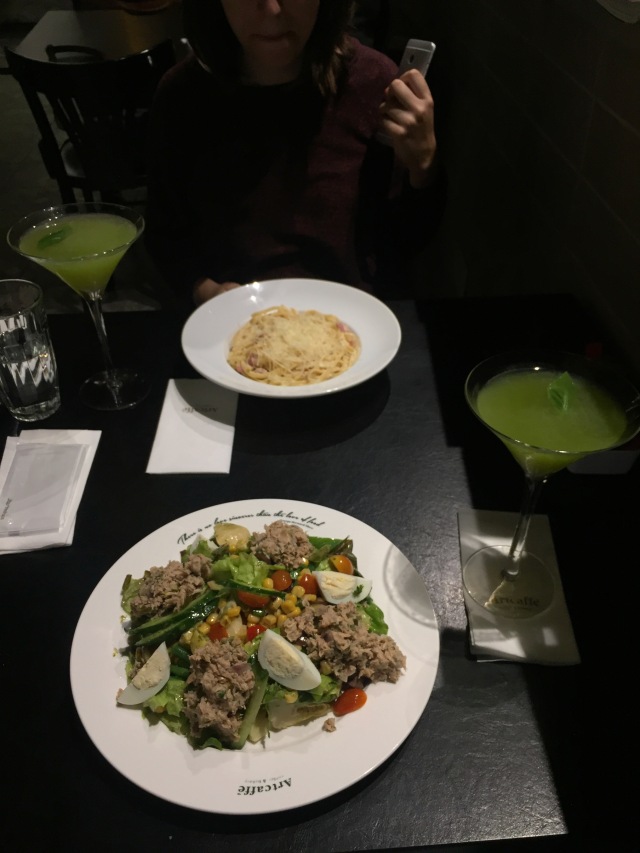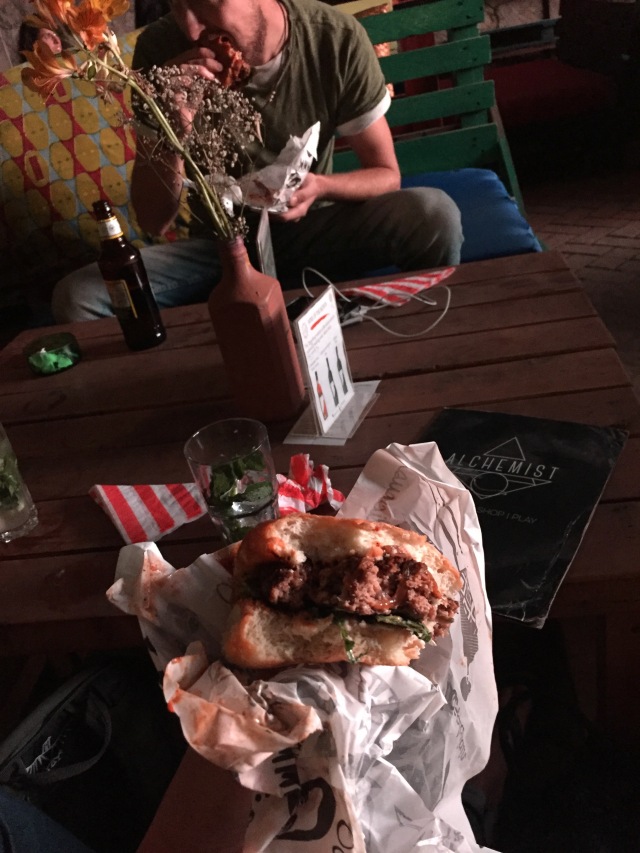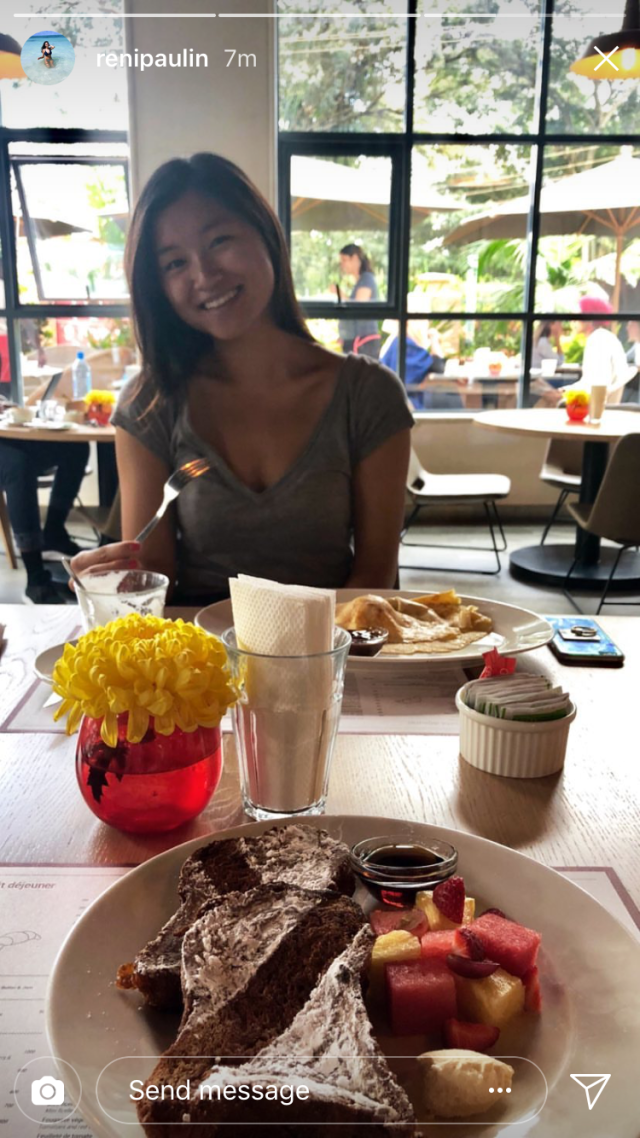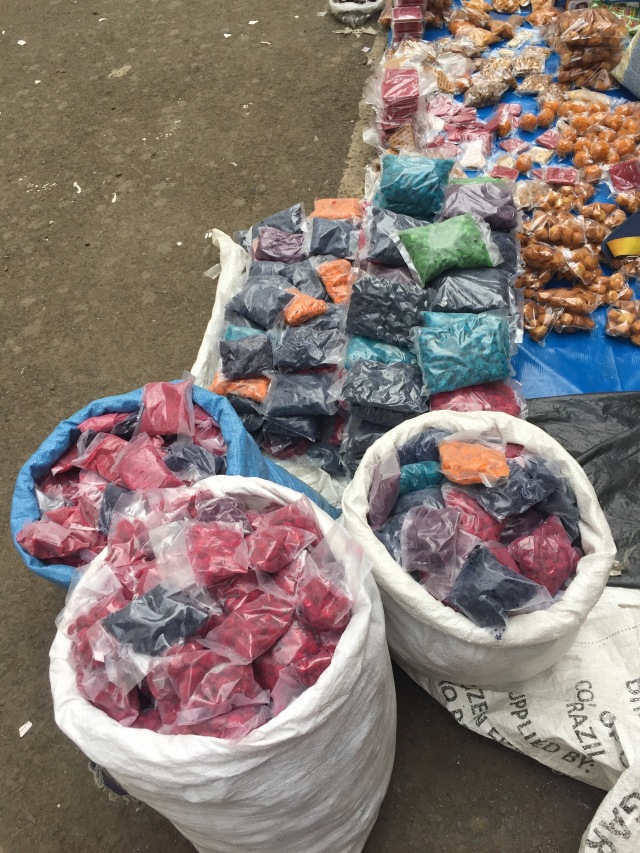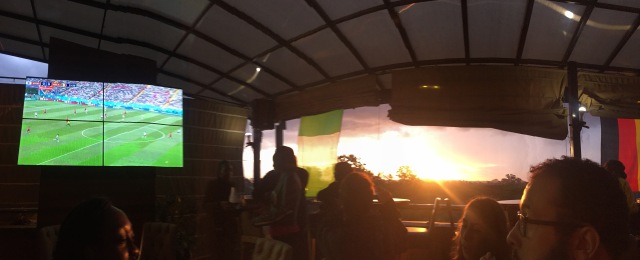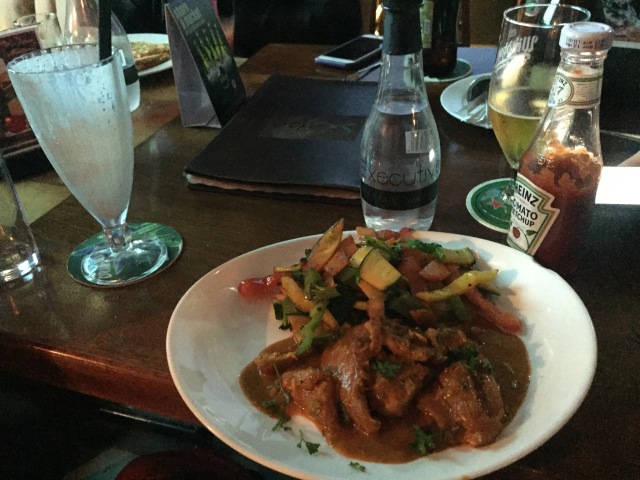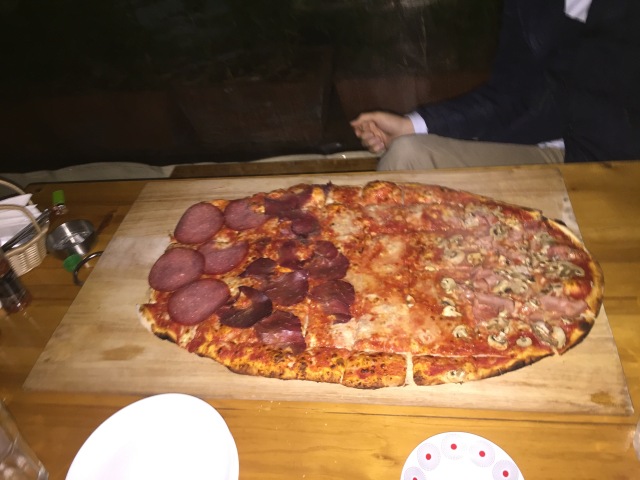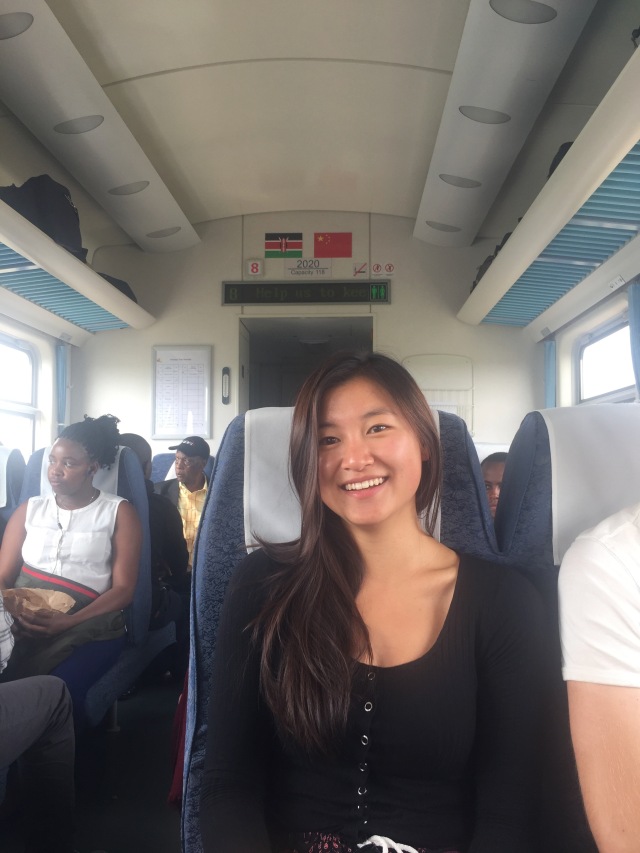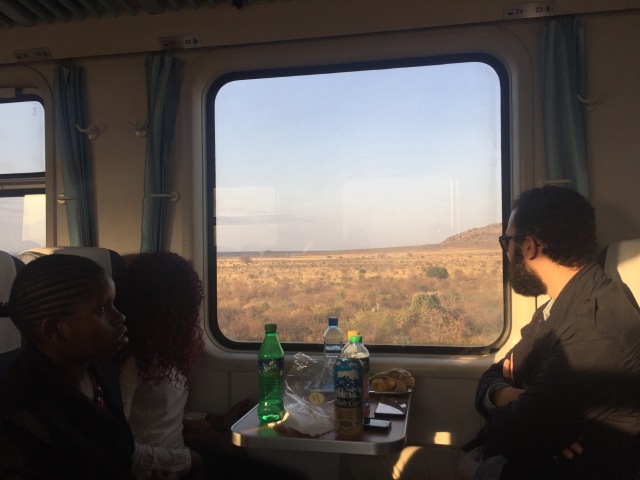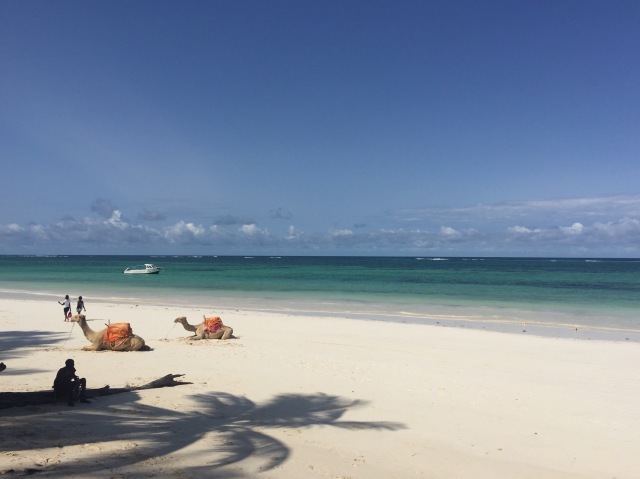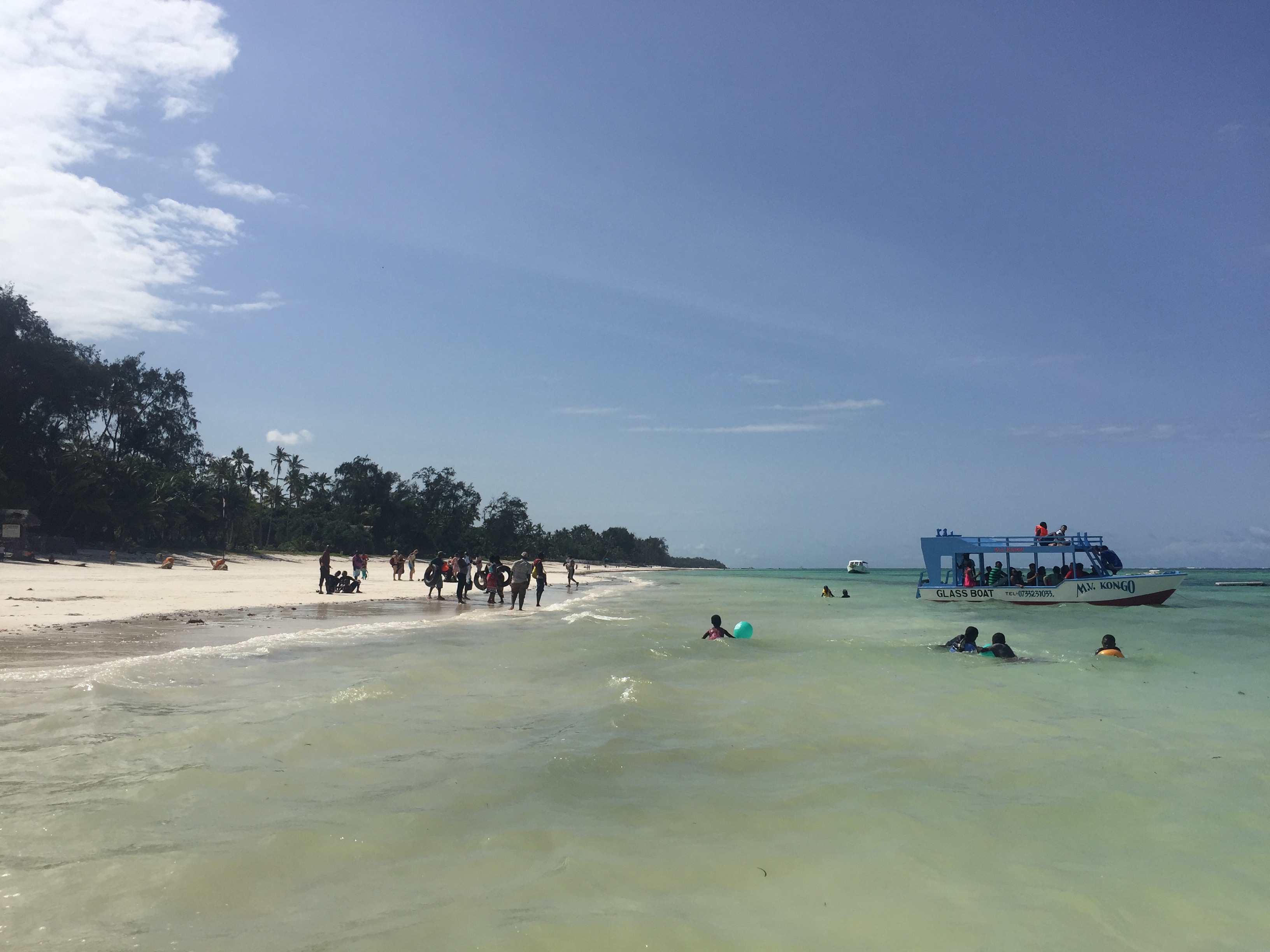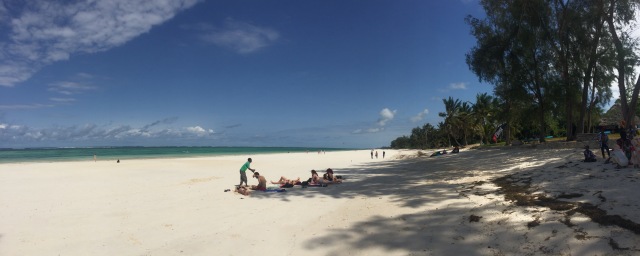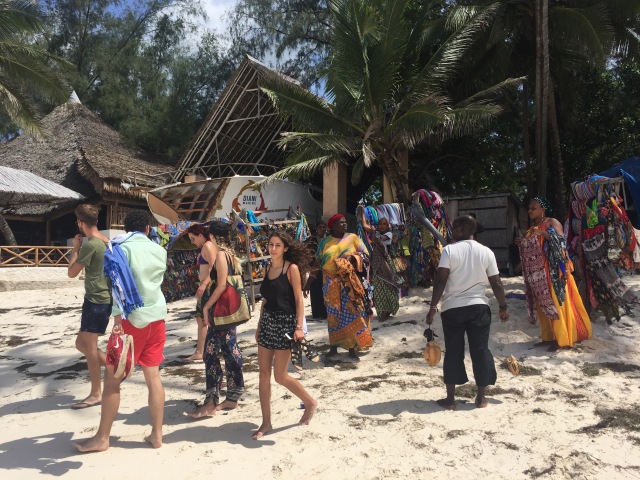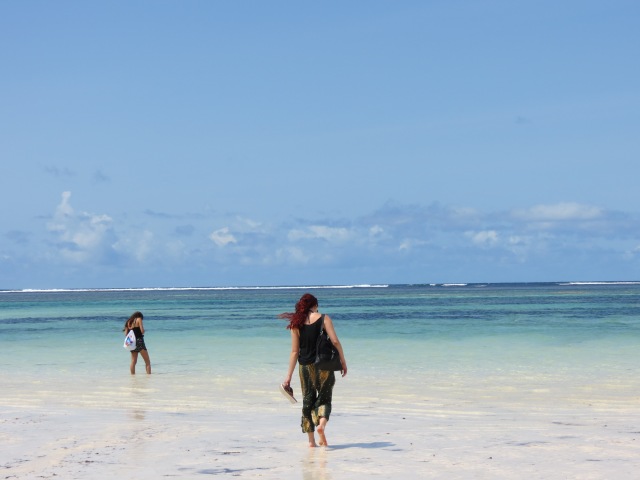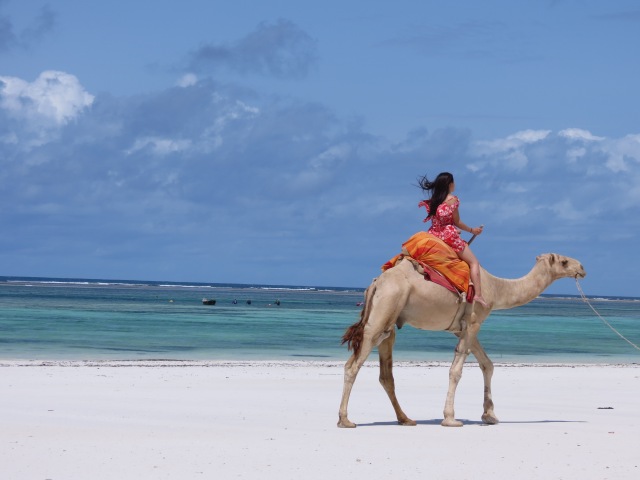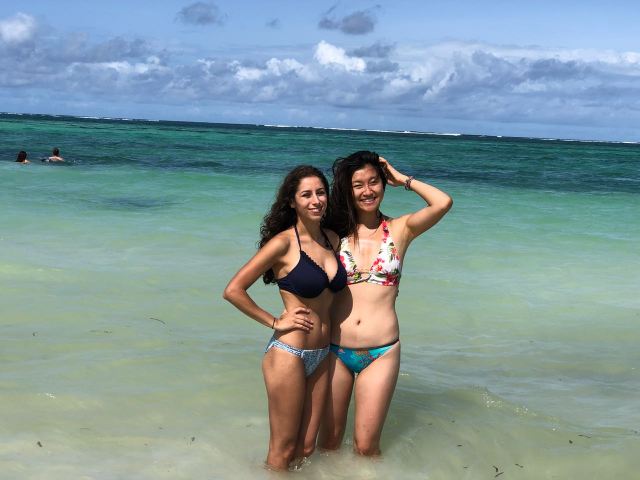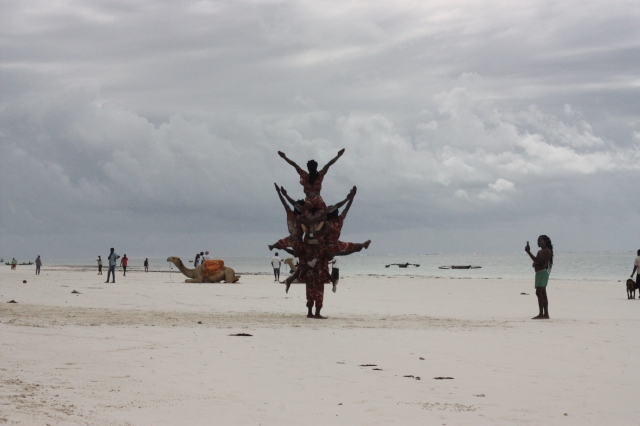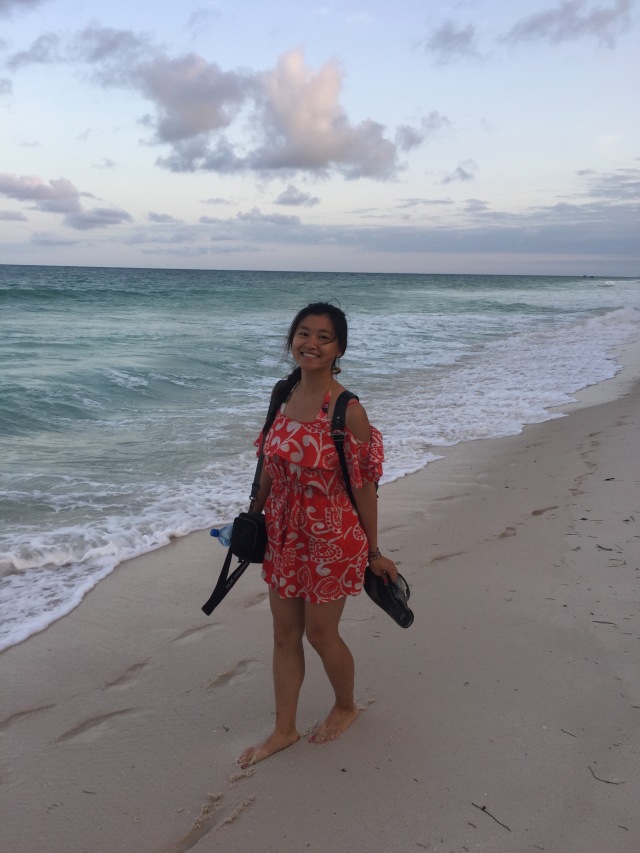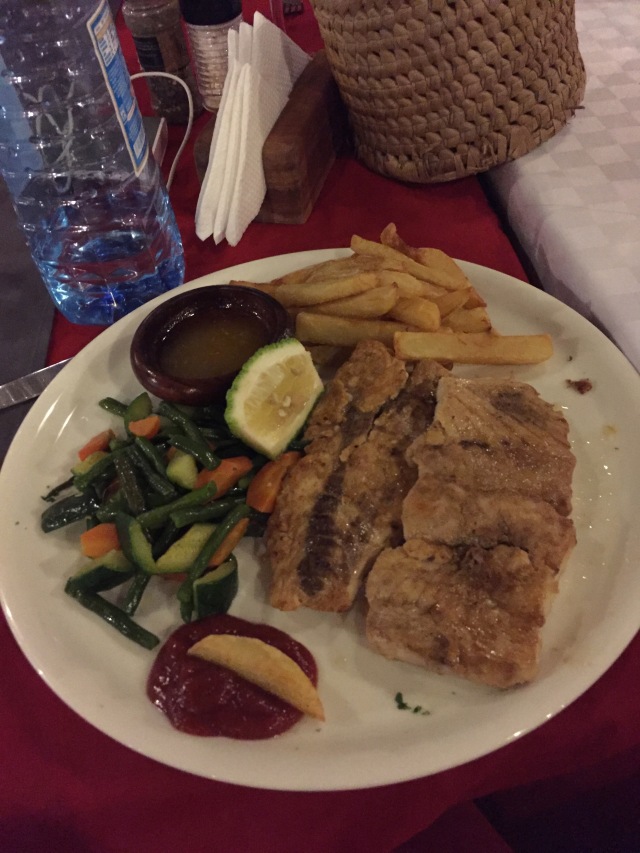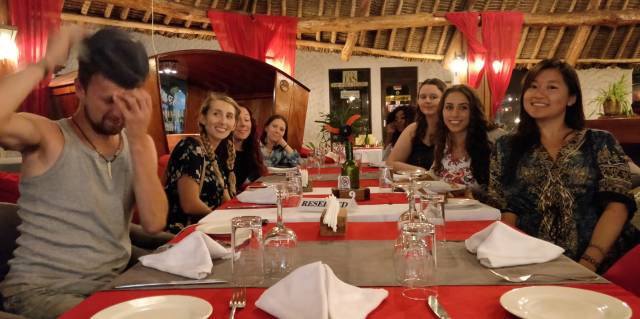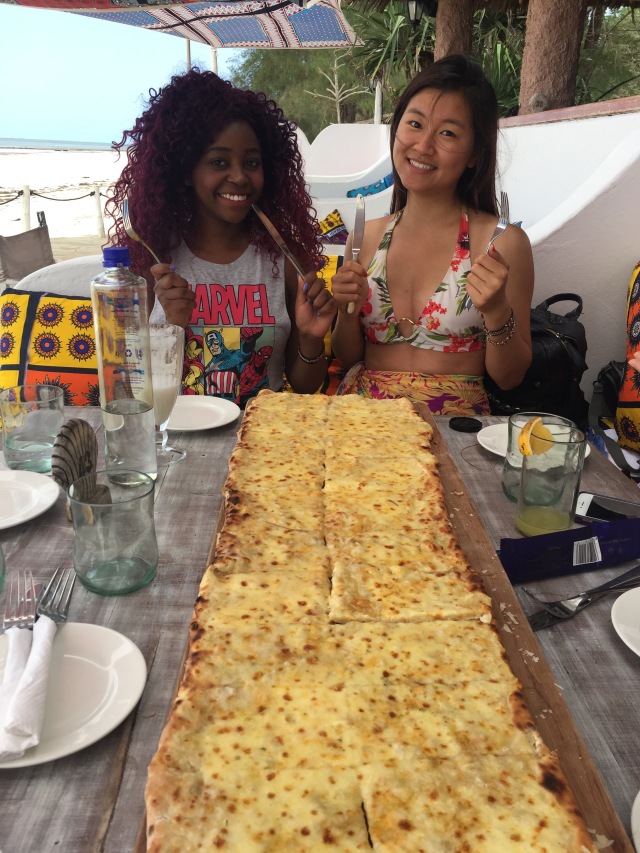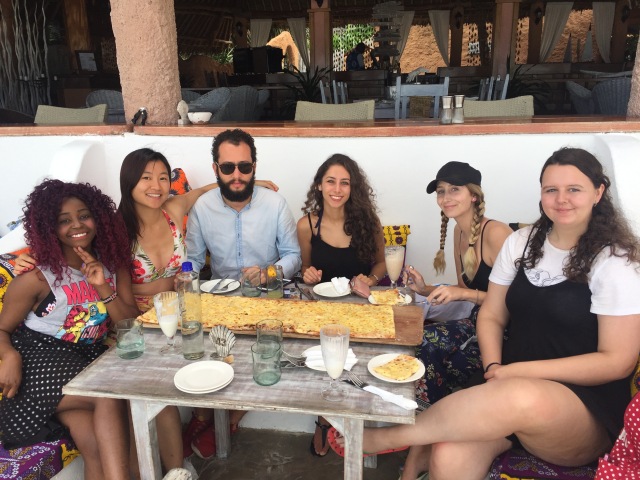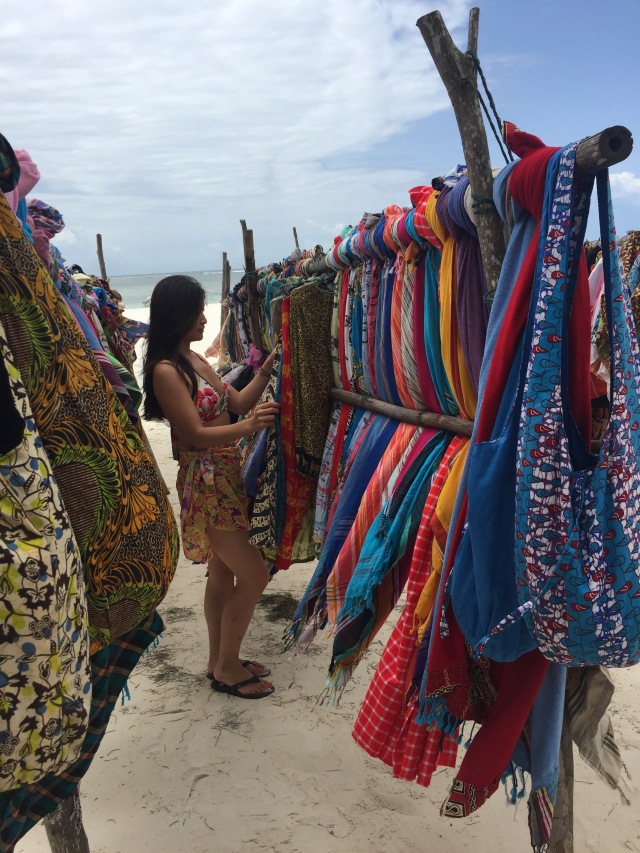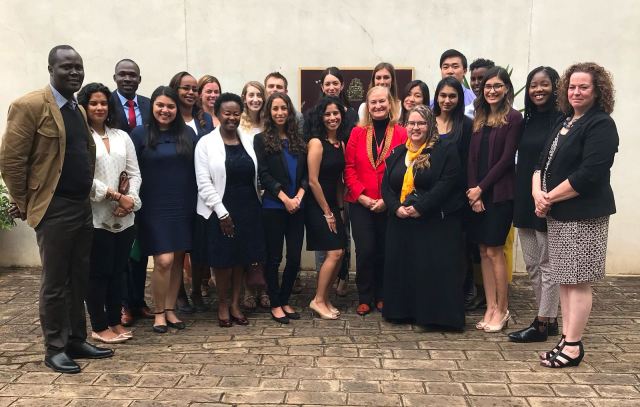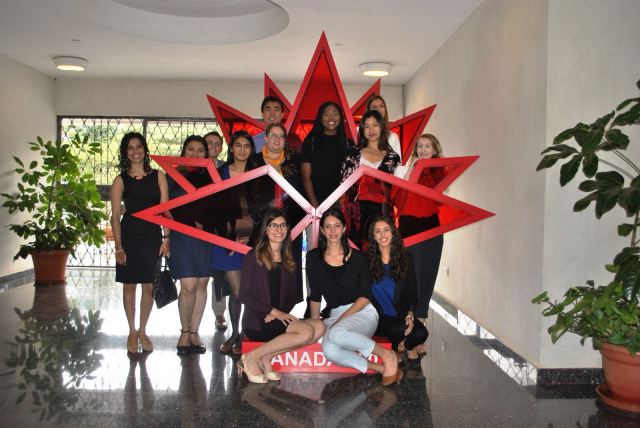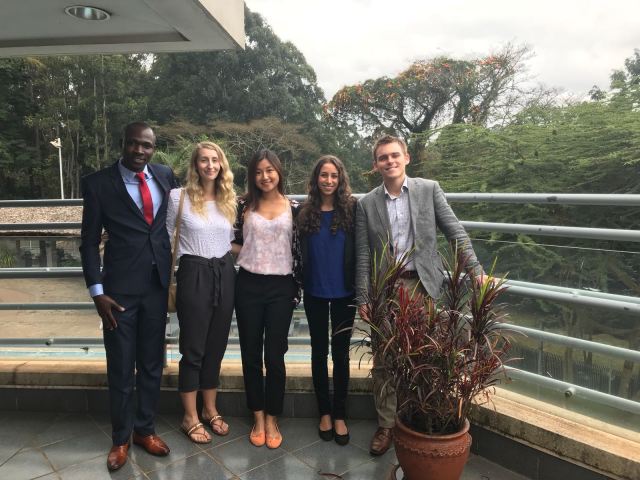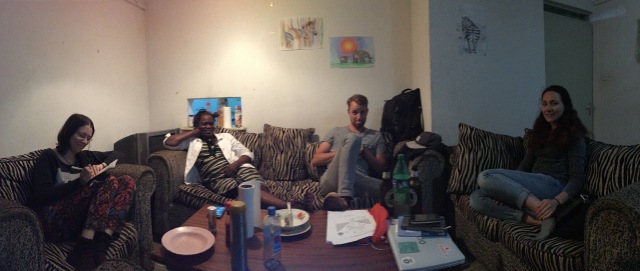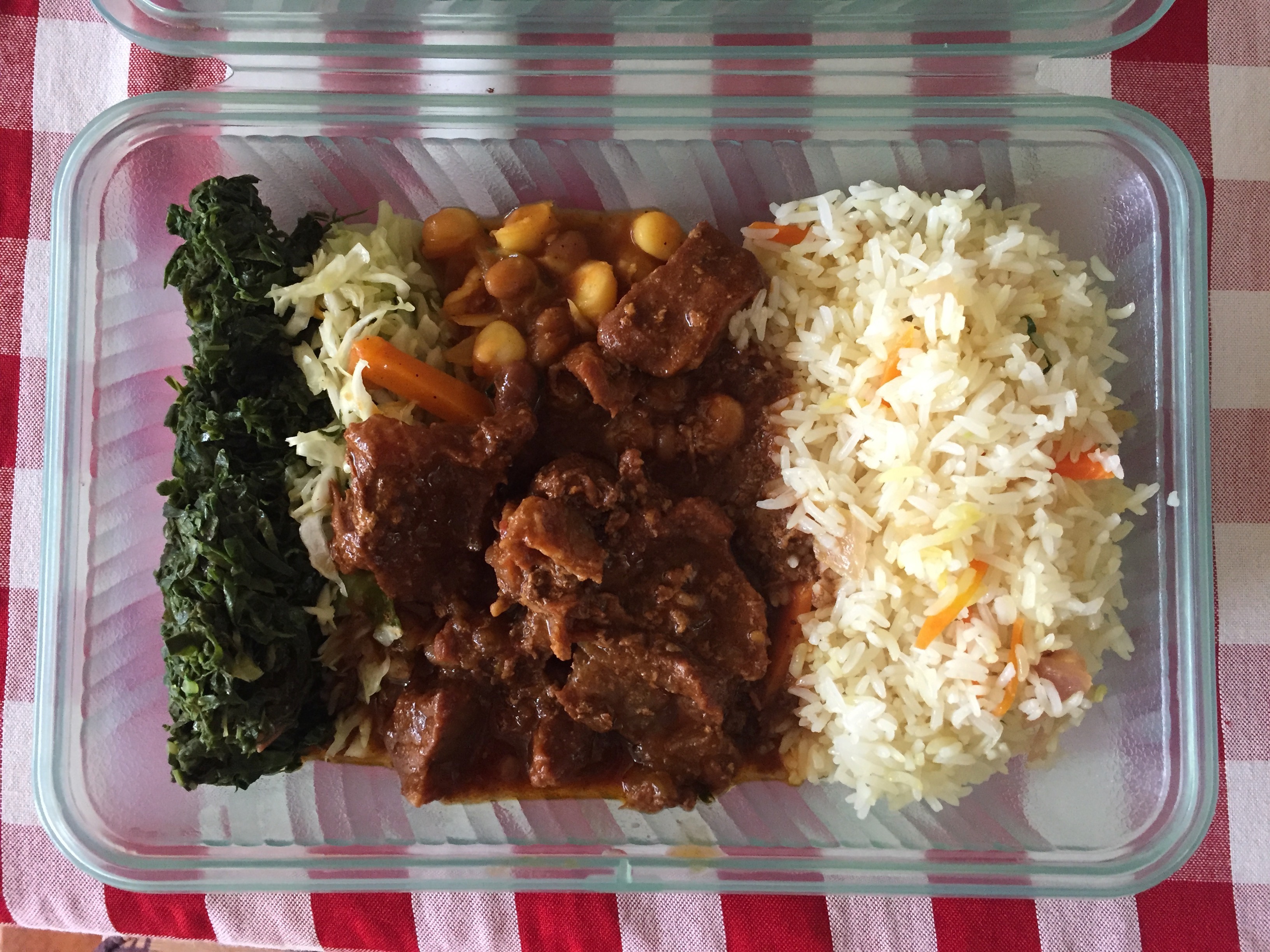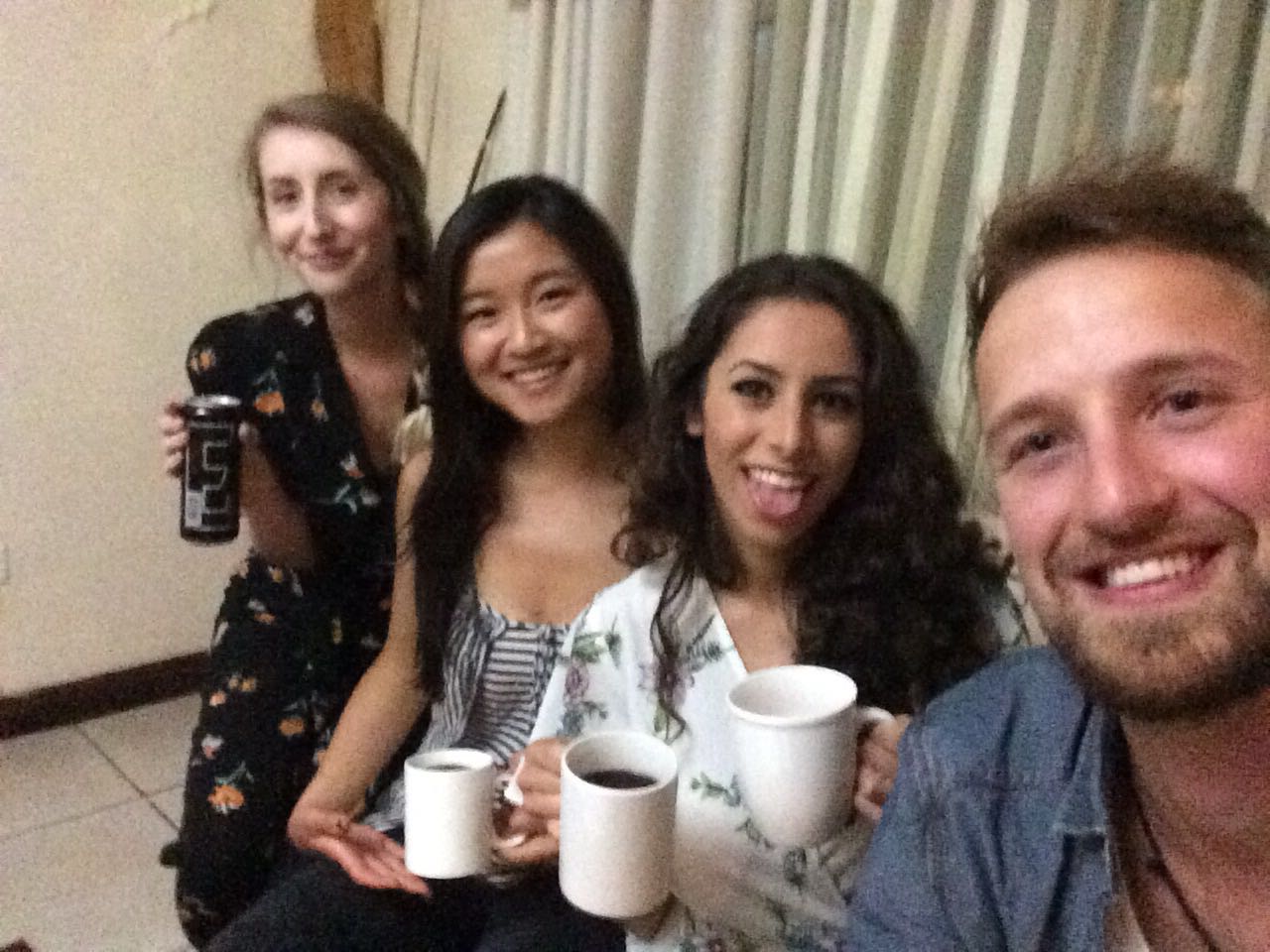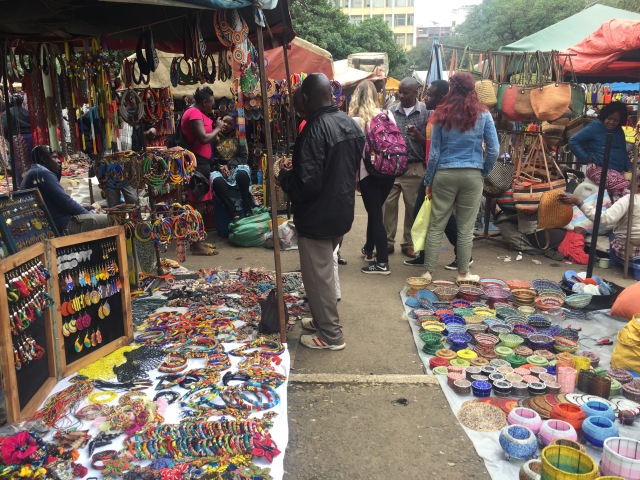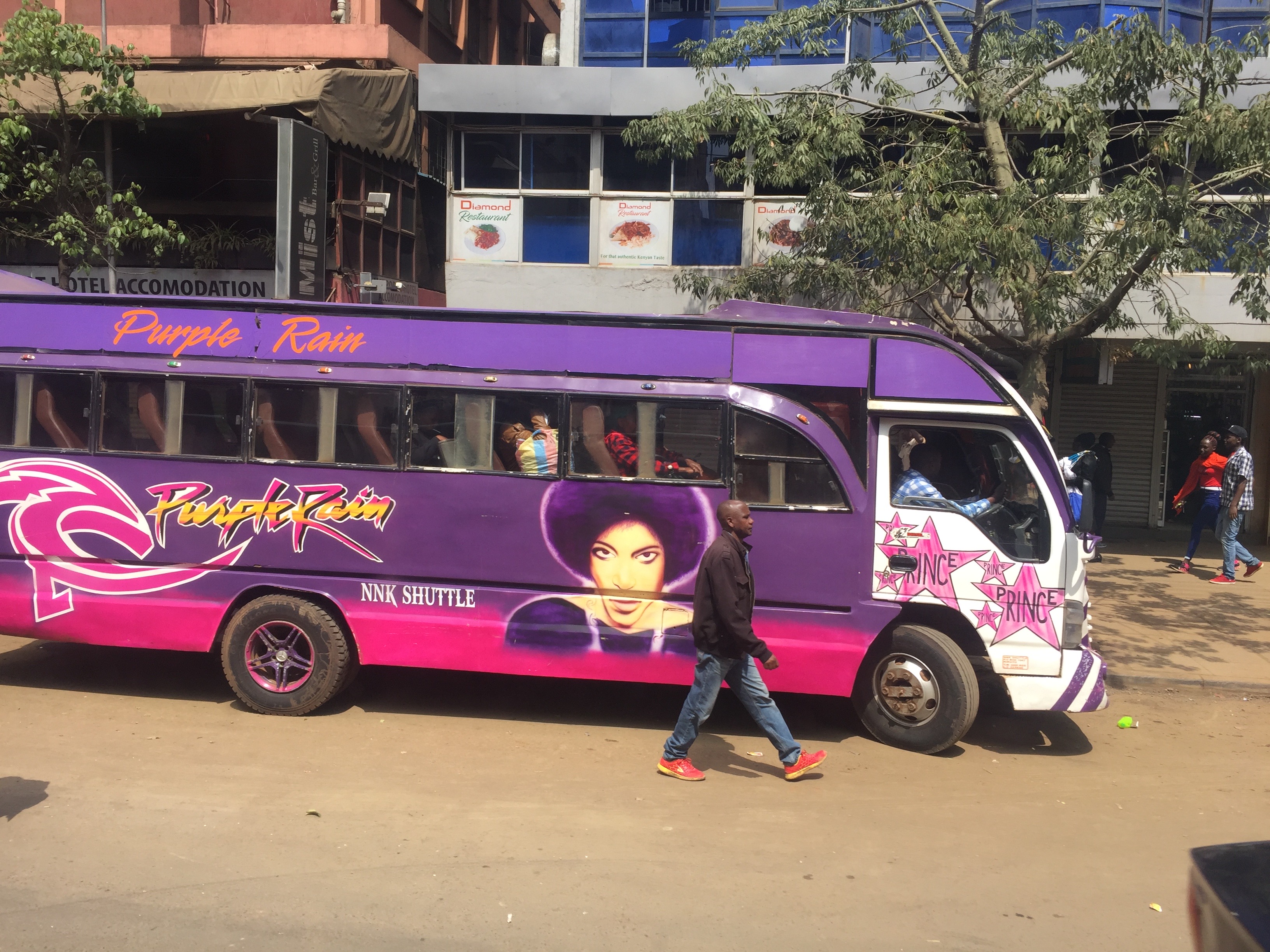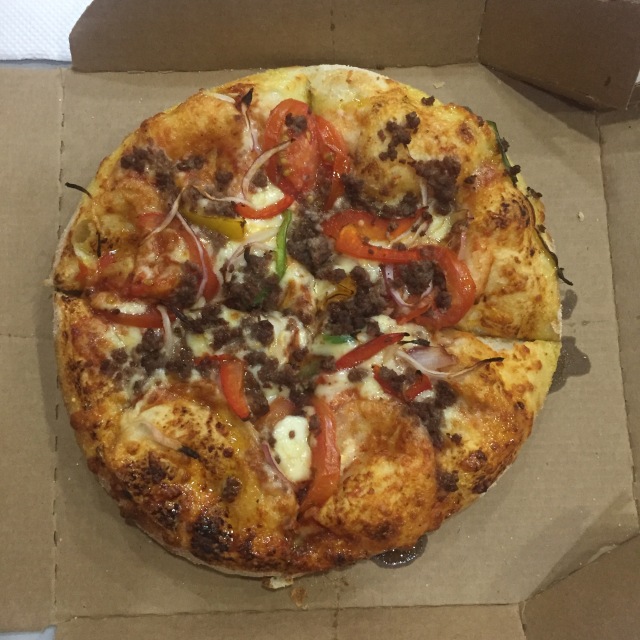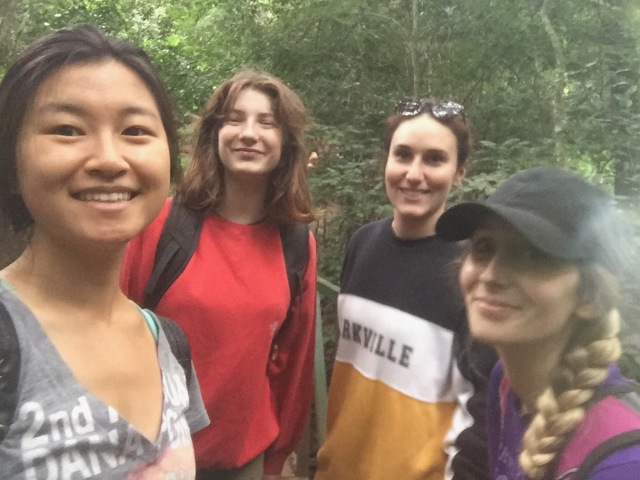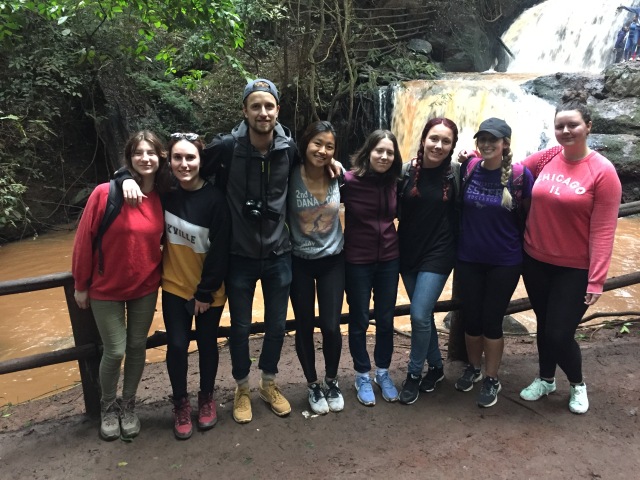Last weekend, I went to Maji Moto Maasai Cultural Camp on a whim – like I said, I had agreed to take Reni’s spot, but I actually thought I was going to the Maasai Mara. Instead, I had signed up to go to Maji Moto, a Maasai village near Narok. In hindsight, I’m very happy that I had this cultural experience since I’m going to the Maasai Mara anyway at the end of July.
I travelled with a really incredible group of people: Michael, a travel blogger and co-founder of Global Degree; Devon, a travel blogger and founder of Women of the World Travel; and Alex, an engineer working in Nairobi. Coincidentally, all of us are Canadians! Michael actually went to Western University for a couple years, and then co-founded Global Degree, a program that allows students to travel around the world while completing a university degree through online courses. He and Devon are videographers and on a journey to travel to every country in the world!
When I met up with Michael, Devon, and Alex at the EasyCoach (bus) station in Nairobi, I was so impressed by all of them. Michael and Devon were telling us about their 4-month long trip across 18 countries in Africa. Kenya was Michael’s 101st country and Devon’s 31st country on their journey to visit all 195 countries in the world! Alex and I were fascinated to hear about their travel stories and experience as travel bloggers. During the bus ride, Alex and I also talked about living in Kenya, the places we’ve been in Kenya, and we even spoke French together because he’s from Montreal!
After about four hours, we finally got to Narok. There, we met with Susan, a white American expat who runs the Maji Moto Maasai Cultural Camp with her husband and Maasai tribe chief Salaton. The camp was even featured in a New York Times article! Susan drove us to the camp, where we were greeted by Maji Moto staff, who are Maasai people. They sang, danced, and wrapped shukas (the red blankets you can see in the photos) around us.
At the camp, we met Madeline and Matt, two music teachers originally from Colorado and currently living in Shanghai. They were also staying at the camp for the same amount of time as us. We got set up in the manyatta (Maasai house made from sticks and mud) and then ate lunch. I was very impressed by the meals served at the camp – they were delicious!
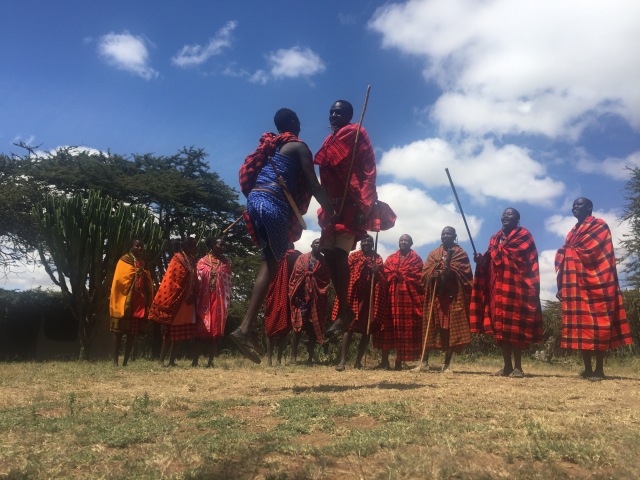
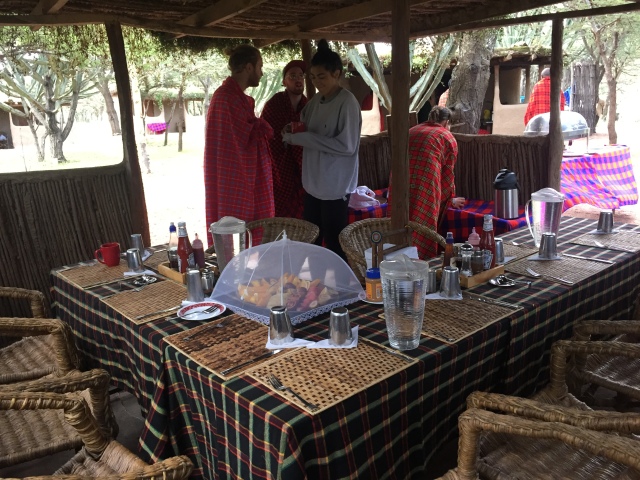
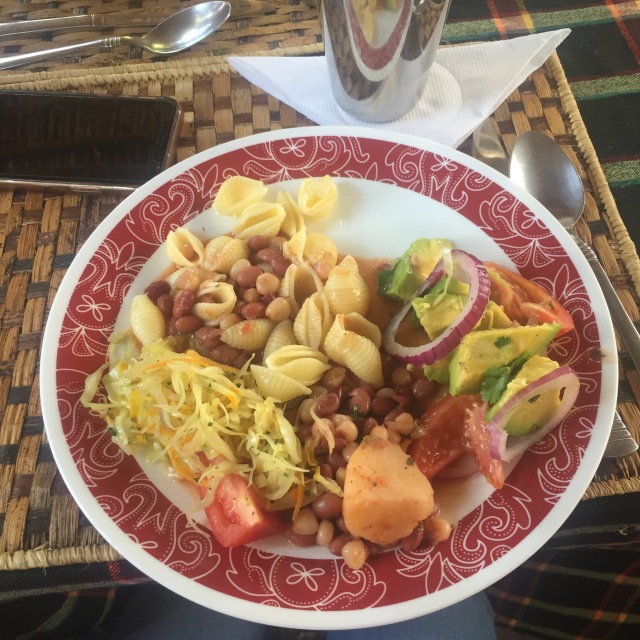
After lunch, we shot some arrows and visited Widow Village, a village near the campsite where widows and other women in previously at-risk situations (ex. in abusive relationships and/or who could not financially support themselves) live together and are supported by members of the Maji Moto Maasai community. The women performed a song and then danced with the girls. After, we had the opportunity to buy some beaded jewellery that they handmade.
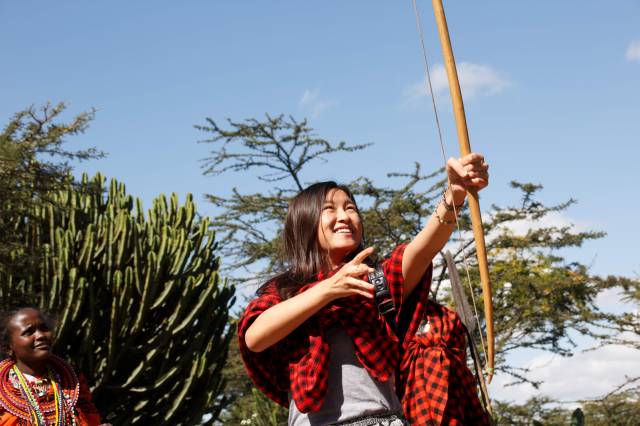
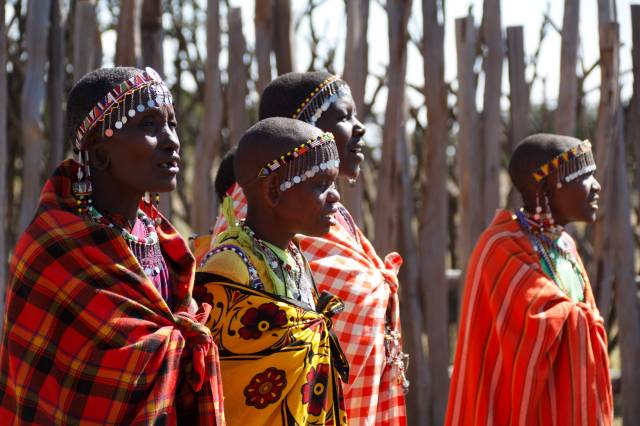
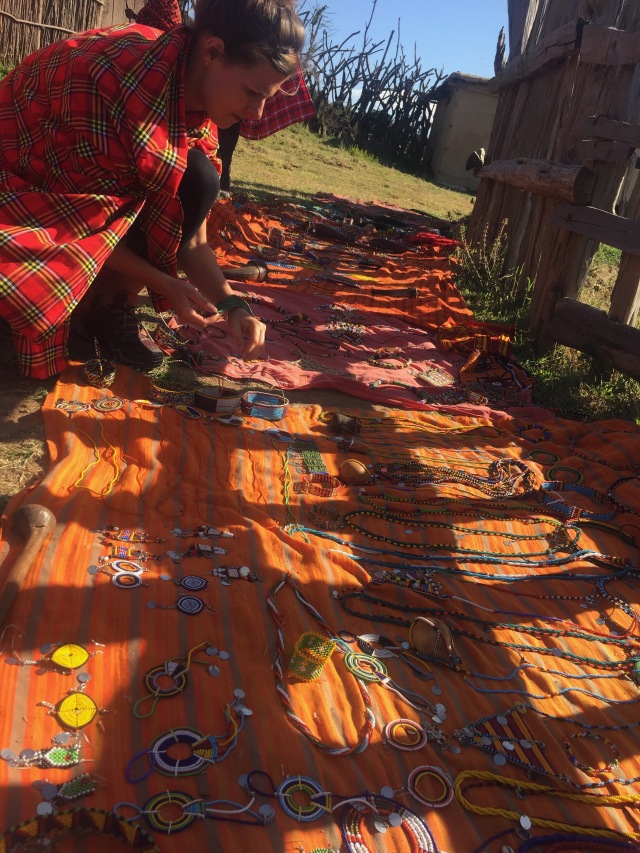
We also saw Salaton and other Maasai people make enaisho, an alcoholic drink made from fermented honey. I found the drink to be quite strong!
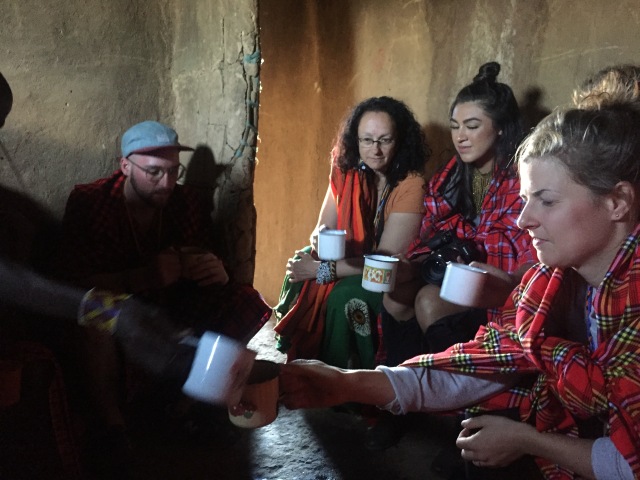
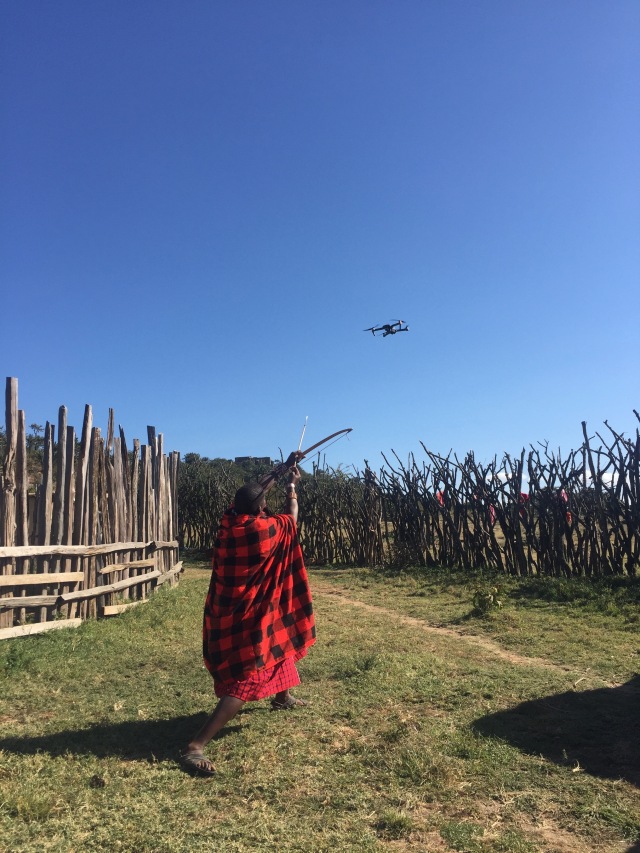
After Widow Village, we walked up a hill to watch the sunset. It was so serene and really enjoyable because the Maji Moto staff had prepared chai tea and popcorn for us!
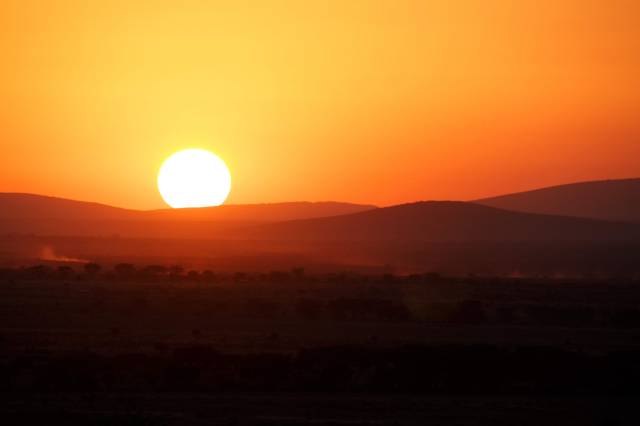
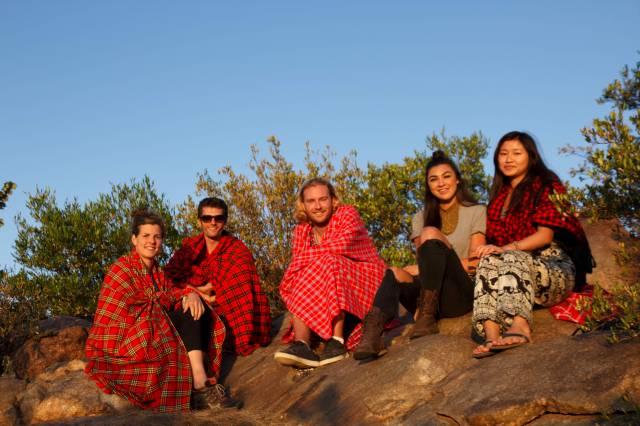
After the sunrise, we returned back to the camp and watched the staff make fire from rubbing wood together. We attempted to make fire as well, but it was incredibly difficult. After a lot of teamwork and patience, the staff managed to get smoke and then a spark going. From this tiny spark, they were able to blow it into a small fire! It was absolutely incredible. Afterwards, we ate dinner, talked by the fire, and then headed to sleep.
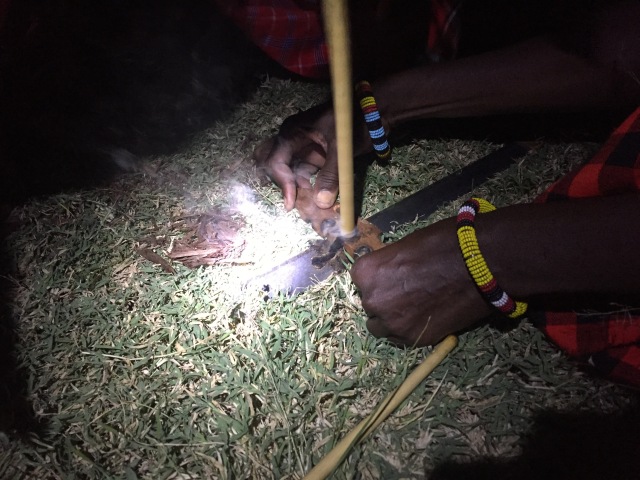
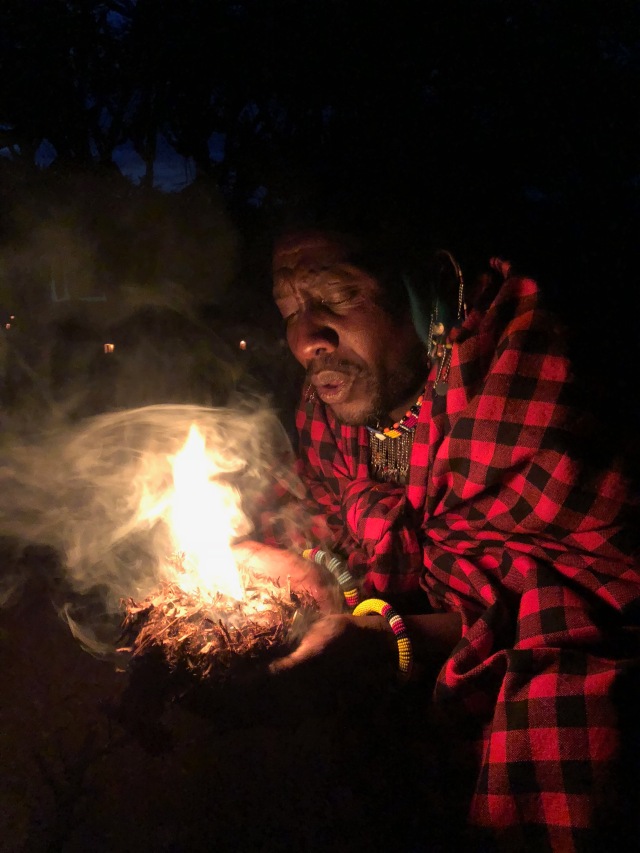
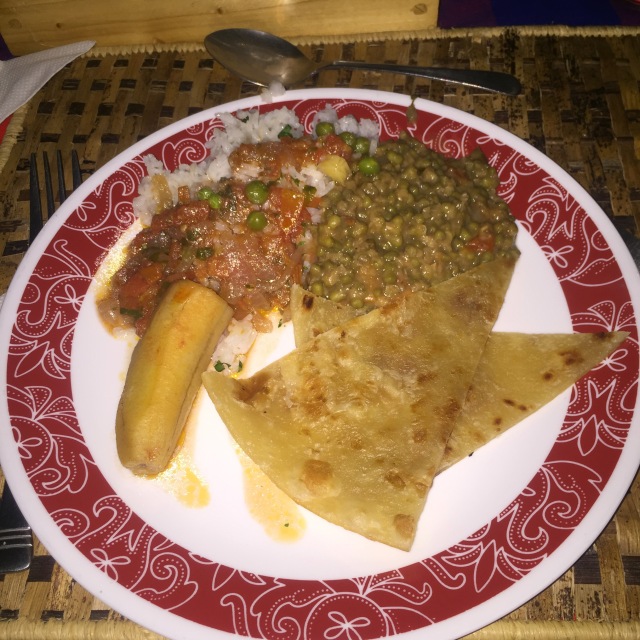
In the morning, I showered – it was such a blissful shower because the water was comfortably hot. Every morning, the staff fill the tanks with mineral water from the nearby hot spring! In fact, maji moto means hot water in Swahili.
We gathered by the fire and then ate breakfast. Breakfast was amazing! After, we spent four hours hiking up a hill to a lookout point.

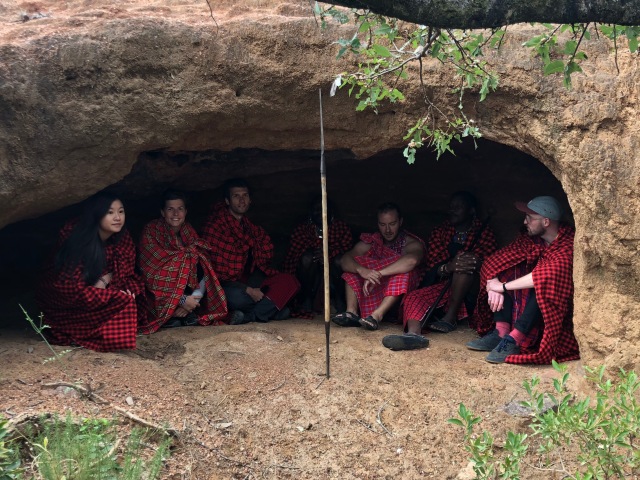
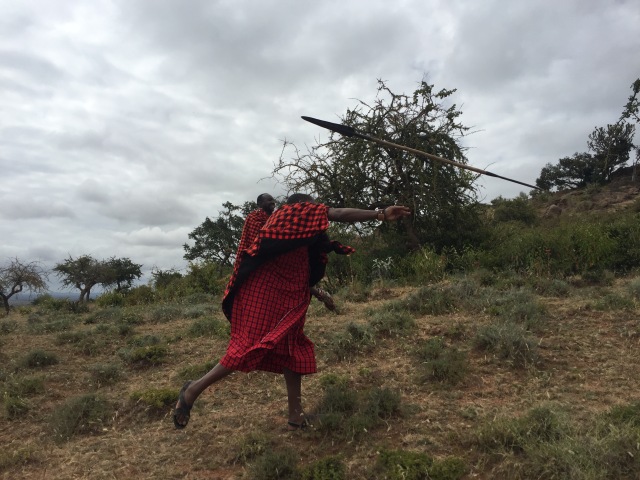
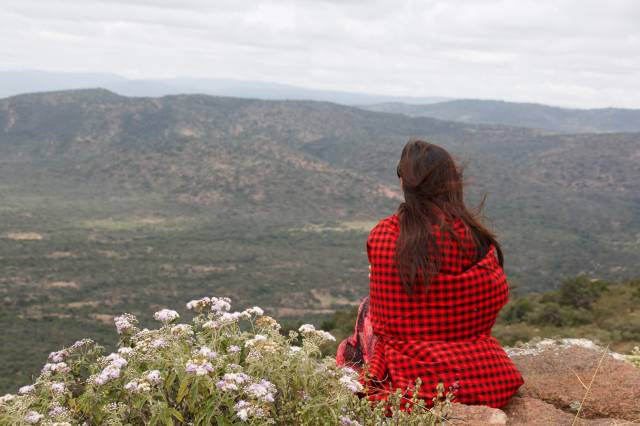
After the hike, we walked to Susan’s house to sing and play games with some local kids. Madeline and Matt led the music activities since they’re music teachers – they were great with kids!
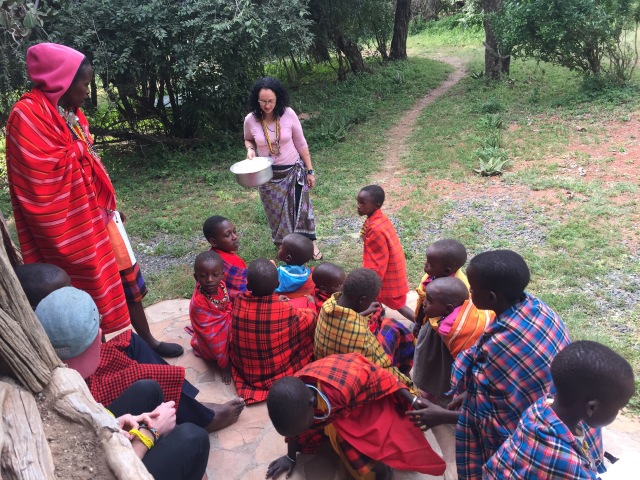
That night, we ate dinner by the fire, visited the hot springs nearby (the water was very shallow and very hot), and then talked by the fire again.
In the morning, we ate crepes and fruit. Afterwards, I headed back to the hot springs because there was cellular signal there. It’s very peaceful at the camp because there’s no service so I was disconnected from the stresses of social media. But alas, I needed to make an e-transfer.
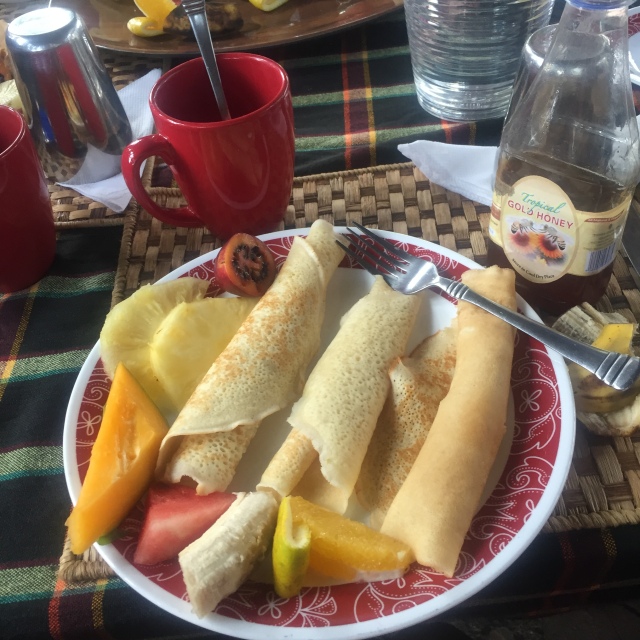
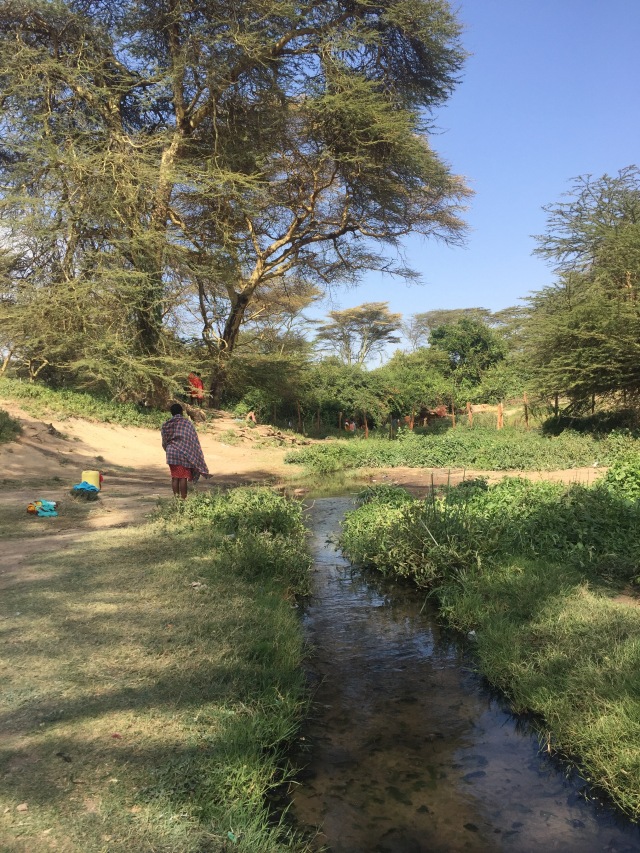
We then walked to Enkiteng Lepa School, which was built in partnership with donors and the Maji Moto Maasai Cultural Camp. The school’s motto is “Don’t exchange girls for cows, give them an education”, which sounds funny at first but makes sense in context. In Maasai culture, the groom gives the bride’s father a dowry of cows (which is the local currency/measure of wealth). Maasai girls are often married off at a young age because their fathers wish to receive this wealth earlier rather than later. Thus, the school aims to promote giving girls an education and advocates against early marriages.
Another component of Maasai tradition that the school advocates against is female genital mutilation (FGM). Although this practice is illegal in Kenya, it is difficult to regulate and therefore still practised in some communities. FGM is very different from male circumcision because there are no medical benefits (for example, research has found that male circumcision can decrease the risk of sexually-transmitted infections, including HIV transmission). Rather, it puts females at high risk for serious medical complications and chronic pain. One of the conditions that parents must agree to in order for their children to attend Enkiteng Lepa is that they will not subject their daughters to FGM. I really admire the school and the Maji Moto community’s dedication to respecting Maasai culture while still striving to eradicate harmful traditions such as FGM.

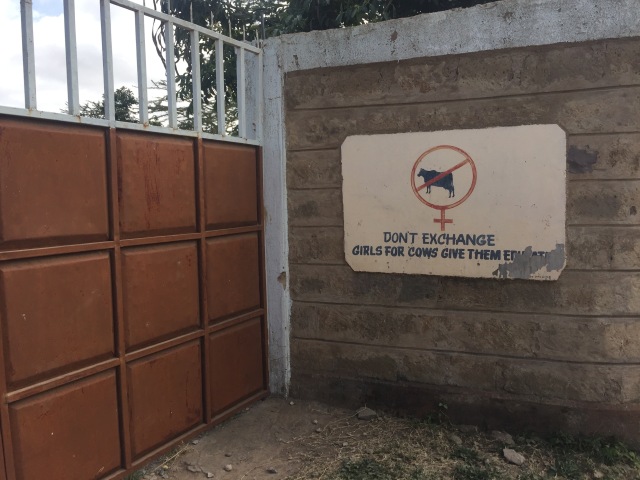
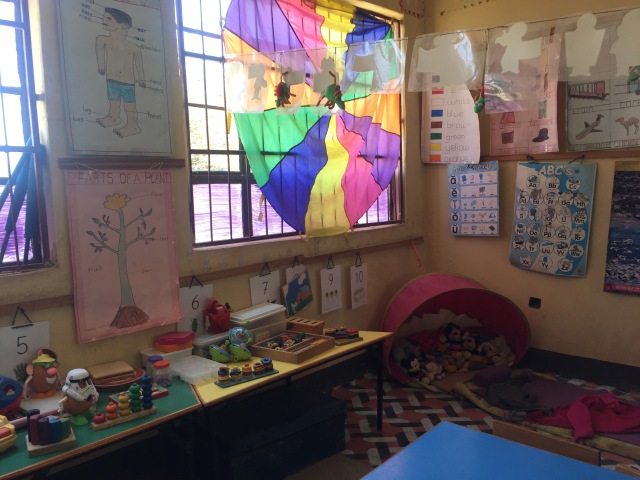
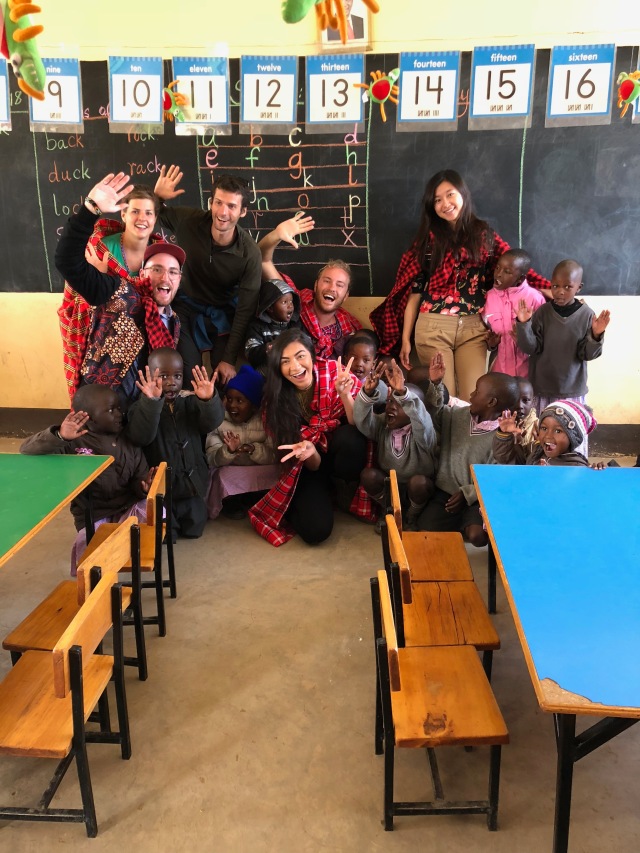
After the school visit, Devon, Michael, Alex, and I went to a healer/medicine woman to get our fortunes read. I had never gotten any kind of psychic reading before, so I didn’t know what to expect. I found this particular reading to be quite vague but also interesting. When we returned, we packed and walked for more than an hour to Opul Bush Camp, where we were greeted by some leaf beds and a very cute goat. I was sad to realize that this was the goat we were sacrificing that night.
I’m personally not adventurous with meat and not completely comfortable around dead animals, so I didn’t touch or eat the goat but I did observe the process. Please don’t read ahead if you don’t want to know the details of the goat sacrifice.

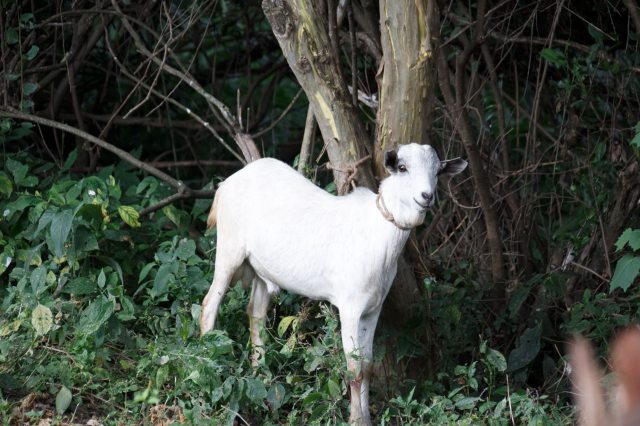

In Maasai culture, the goat is killed by suffocation (blocking its airway). I was amazed at how peaceful the killing was – I had expected something far more gruesome and violent. After the goat is suffocated, it is carefully skinned. In particular, the skin around the neck is used as a vessel for the blood, which the Maasai drink directly. Alex, Devon, and Mike were brave enough to try it! Alex and Mike even ate raw goat kidney! After the blood is consumed and drained, the skinning continues. Eventually, the goat’s limbs are detached. The process resembled a science class dissection once the internal organs were also separated. I admire that the Maasai people eat or use every part of the goat. Western cultures can learn from this, because we’re often too picky about what we eat – for example, only eating certain body parts.
The process of sacrificing the goat is also much more environmentally sustainable and ethical than the process by which many North Americans/Westerners obtain meat. Animals like cows, pigs, and chickens live in cramped and unsanitary conditions while they are, more often than not, pumped with hormones. Subjecting animals to such a life is far more unethical than what is practised in Maasai culture. Also, in contrast to the Maasai people, not many of us know where our food comes from.
Anyway, the goat meat was roasted by the fire and then served. I opted out of eating it, and instead had just ugali (mashed maize) and sukuma wiki (collard greens). In the evening, Mike, Devon, Alex, and I got Maasai tattoos made from perching a rolled up leaf on our skin and then lighting the leaf on fire. As the fire trickles down, Maasai people chant around you and then Salaton removes the leaf. It actually wasn’t too painful! The burn leaves an indent on your skin.
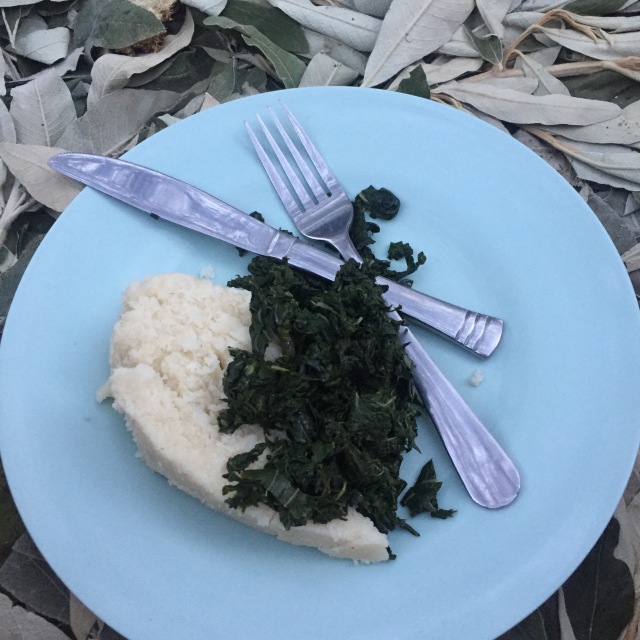
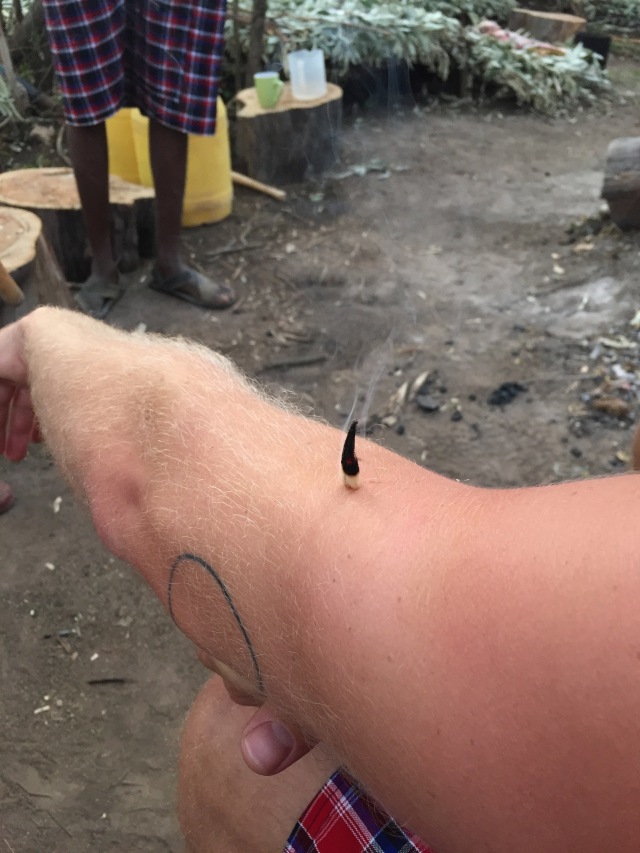
That was quite a long post for a whirlwind of a weekend! I learned so much about Maasai culture and really appreciated how welcoming the Maji Moto staff were. It was such a unique experience!












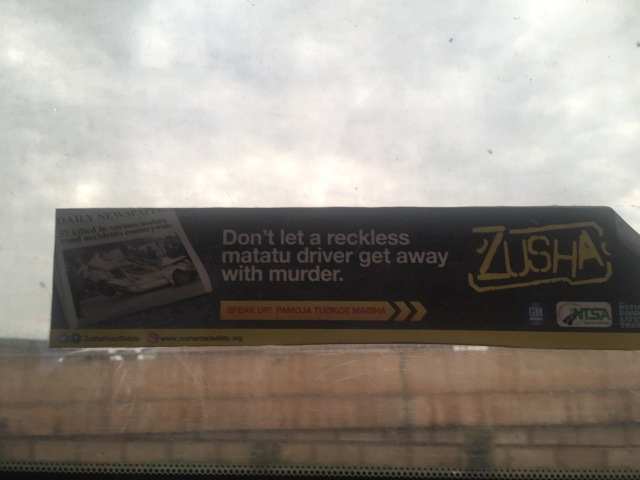 At Garden City, we bought some groceries from Game, ate dinner at Artcaffé, and watched Ocean’s 8!
At Garden City, we bought some groceries from Game, ate dinner at Artcaffé, and watched Ocean’s 8!